Le Monde Problématique's Public Feed: Willkommen zu meiner Debattenr...
Willkommen zu meiner Debattenrundschau vom 25.11.2019!
Eine kurze, treffende Bestandsaufnahme der gegenwärtigen Diskussionen um den Autonomiebegriff der Kunst und deren Gegenpole, Moral und Gerechtigkeit, liefert Hanno Rauterberg in einem Beitrag für die Zeit. Er schreibt: „Wir haben es mit einem Teufelskreis zu tun: Je weniger die künstlerischen Qualitäten bei der Auswahl der gesammelten Werke eine Rolle spielen, desto mehr dürfen sich jene zu Protesten und Boykottaufrufen ermutigt fühlen, die ihre sozialen und politischen Ideale widergespiegelt sehen wollen und gerne auch die historische Kunst an den moralischen Maßstäben der Gegenwart messen. Je mehr aber diese demokratisch bestimmten Maßstäbe das Programm der Museen prägen, desto schwerer wird es, für die unbedingte Freiheit der Kunst, auch für ihre Absurditäten und ihre Zumutungen einzutreten.“
Eine Reise in die Vergangenheit der Kunstphilosophie bietet ein Essay von Hans Widmer, welcher in der Neue Züricher Zeitung erschienen ist. Er dreht sich um die Frage, wie Kunst überhaupt definiert werden könne und was eigentlich die Kennzeichen guter Kunst seien. Die Qualität von Kunst basiere nie auf ihrem „Inhalt“, sondern vermittele sich immer durch ihre Form, so der Autor: „Selbst ‚Guernica‘, Picassos Aufschrei gegen die Bombardierung der Zivilbevölkerung durch die Legion Condor, ist nicht des Inhalts wegen Kunst – sonst wäre es jeder Protest gegen Krieg. […] Das Unbewusste des Kunstschaffenden kommuniziert mit dem Unbewussten des Empfängers – am Verstand vorbei. Selbstredend möchte dieser teilhaben, doch was er über ein Kunstwerk sagen kann, ist nicht das, was das Kunstwerk ausmacht.“ Überzeitlichkeit sei ein wesentliches Merkmal guter Kunst, so Wirdmer. „Kunst ist zur Zeit ihrer Entstehung dem allgemeinen Empfinden um mindestens eine Generation voraus und wird in der Regel verkannt […]“, so eine weitere These des Autors. Keine der Debatten der letzten Jahre findet Eingang in Widmers Ausführungen, höchstens dienen sie als diffuse, unausgesprochene Antithesen zu den vom Autor beschworenen Qualitäten guter Kunst. Repräsentationspolitische Fragen scheinen Widmer nicht zu belasten – unter den zahlreichen von ihm genannten Künstlern befindet sich keine einzige Frau. Wer ganz im Diskurs der Gegenwart steckt, findet hier also ein völlig anderes Kunstverständnis, dessen Grundannahmen nahezu unbeeindruckt scheinen von den künstlerischen Entwicklungen der letzten 60 Jahre.
Stefania Bortolami ist erfolgreiche Galeristin in New York. Naomi Rea von news.artnet.com hat sie um ihre Einschätzungen zu aktuellen Entwicklungen auf dem Markt für zeitgenössische Kunst gebeten. Identitätspolitische Themen seinen auf dem Vormarsch, Kunst von Minderheiten und Frauen werde endlich mehr Aufmerksamkeit zu Teil. Außerdem nehme der politischer Aktivismus zu – die Art und Weise, mit der Kunstförderer ihr Geld verdienten oder ihre Vermögen vermehrten, werde immer häufiger kritisiert. Bortolami sieht das nicht nur positiv: „One thing that we have to figure out in the art world, however, is this idea of fighting against board members that we do not agree with in terms of how they make their money […] There’s not enough ‘good money’ in the world to sustain this art world. There just isn’t.“ Ihr wenig überraschender Pragmatismus äußert sich an folgender Stelle des Interviews: „If you go to the National Gallery in London or to the British Museum, you’ll see that most of the art from before the 20th century was made for patrons, and most of the patrons were not good people. As far as I’m concerned, there will always be rich people. And unfortunately, with growing inequality, there will be more and more people who are richer and richer, and the rest of us will be poorer and poorer. We might as well take some of their money and put it into the arts, because otherwise they’ll just golf and buy another boat.“
Die National Gallery in London zeigt gerade eine große Ausstellung des Malers Gauguin – eine heikle Angelegenheit, wurde doch in den vergangenen Jahren immer häufiger auf dessen moralisch fragwürdigen Lebenswandel und den problematischen Exotismus in seinen Werken hingewiesen. Farah Nayeri beschreibt in seinem Artikel für die New York Times, wie die KuratorInnen mit der Herausforderung umgegangen sind. Die Positionen zu Gauguin liegen weit auseinander, wie folgende Zitate beweisen: „He was an arrogant, overrated, patronizing pedophile, to be very blunt“ - so lautet die Einschätzung von Ashley Remer, einem Kurator, welcher 2009 girlmuseum.org gegründet hat, ein Online-Museum, welches sich mit der Repräsentation von jungen Mädchen in der Geschichtsschreibung und in der Kultur beschäftigt. Die Missetaten Gauguins würden sein Werk vollkommen kompromittieren. „Once an artist creates something, it doesn’t belong to the artist anymore: It belongs to the world” behauptet hingegen Vicente Todolí, welcher 2010 in der Tate Modern in London eine große Ausstellung des Malers zeigte.
Dank der immer weiter fortschreitenden Digitalisierung und die mit ihr einhergehenden Automatisierungsmöglichkeiten steht die Arbeitswelt vor größeren Umwälzungen – Robotik und immer leistungsfähigere Software machen ArbeitnehmerInnen überflüssig, welche einfachere Tätigkeiten in der Produktion und im Dienstleistungssektor ausüben. Die Anforderungen an ArbeitnehmerInnen steigen, gleichzeitig verändern sich die Aufgaben von Führungskräften – weg von Kontrolle und Disziplinierung, hin zu Moderations- und Motivationsaufgaben. Die Arbeitsmodi von KünstlerInnen sind in den vergangenen Jahren immer wieder untersucht worden – nicht nur im Hinblick auf Kreativität als ökonomischer Ressource. Schließlich gelten sie vor allem als intrinsisch motiviert, also nicht von externen Faktoren wie Geld, Status und sozialer Anerkennung getrieben.
Vor diesem Hintergrund ist ein Interview interessant, welches Gabriele Fischer mit dem Führungsexperten Niels Van Quaquebeke für das Wirtschaftsmagazin brand eins geführt hat. Es dreht sich um die Frage, was gerechte Bezahlung heutzutage bedeutet, wie Arbeitsmotivation entsteht, wie sie zerstört wird und wie Führungskräfte darauf Einfluss nehmen können. Fischer formuliert ein wichtiges Problem der neuen Arbeitsorganisationstrukturen folgendermaßen: “Die neue Organisation setzt vor allem auf intrinsische Motivation: viel Freiraum, viele Möglichkeiten, viel Verantwortung. Das wirft neue Fragen auf: Früher wurde Verantwortung bezahlt, jetzt sollen alle verantwortlich sein.“ Auch deren Kehrseite, die Selbstausbeutung, kommt in dem Interview zur Sprache.
Die Medienkünstlerin Joana Moll hat kürzlich ein neues Projekt vorgestellt – „The Hidden Life of an Amazon User" heißt es. Es visualisiert sowohl die erstaunlichen Datenmengen, welche ein einziger Bestellvorgang auf der Internetplattform erzeugt, als auch den Energieverbrauch, welcher auf Seiten des Benutzers anfällt. Die Künstlerin sieht hier ein großes Umwelt- und Gerechtigkeitsproblem. Sonja Peteranderl stellt das Projekt auf Spiegel Online vor und bespricht auch noch eine ältere Arbeit der Künstlerin zum Thema „Handel mit Nutzerprofilen von Flirtplattformen“. Interessant sind auch einige Kommentare unter dem Artikel, welche das Amazon-Projekt sowohl formal als auch inhaltlich kritisieren.
Gerhard Schwarz macht sich in der Neuen Züricher Zeitung Gedanken über den Begriff des Populismus. Er werde vor allem als Kampfbegriff gebraucht, um den politischen Gegner zu diskreditieren – die mit ihm bezeichneten Akteure werden meist den extremen Rändern des politischen Spektrums zugeordnet. Es gebe allerdings ebenfalls einen Populismus der politischen Mitte, so der Autor. Schwarz hebt vor allem den „grünen Populismus“ hervor, welcher viele strukturelle Gemeinsamkeiten mit dem rechten oder linken Populismus teile: „Muss man nicht viele grüne Forderungen als populär, aber unrealistisch und nachteilig taxieren? Werden nicht gegebene Stimmungen ausgenutzt und durch apokalyptische Visionen bestärkt? Wird nicht allenthalben die Krise beschworen? Sind Grüne nicht genauso Angstspezialisten wie jene, die vor dem Islam oder der Zuwanderung warnen? Werden von ihnen nicht die Machteliten, natürlich vor allem (aber nicht nur) die wirtschaftlichen Machteliten, als verantwortungslos angeprangert? Sehen sich nicht viele Grüne im alleinigen Besitz der Wahrheit und werfen anderen Problemblindheit vor? Führt die Moralisierung des Diskurses durch grüne Bewegungen nicht zu einer Polarisierung der Gesellschaft? Werden nicht alle vermeintlichen Umweltsünder über die Massen als Ursache allen Übels stigmatisiert?“
Etwas Off Topic (well, sehr off topic eigentlich), aber wirklich interessant: In einem Artikel für die Süddeutsche Zeitung berichtet Jan Stremmel über das Internetphänomen „Momo“, welches ab August 2018 in immer wieder auf- und abschwellenden Erregungswellen vor allem bei Eltern jüngerer Kinder für Aufregung gesorgt habe. „Momo“ habe das Gesicht einer Skulptur, welche die japanische Künstlerin Keisuke Aisawa gestaltet habe. Angeblich gebe es Videos, in denen die Figur Kinder dazu auffordere sich selbst zu verletzen, anderenfalls werde sie die Angesprochenen nachts töten. Der Autor beschreibt die Dynamik solcher digitalen Phänomene folgendermaßen: „Die Spirale dreht sich dann jedes Mal ähnlich: Lokale Fernsehsender und Boulevardseiten im Netz berichten unbestätigte Gerüchte als Fakten. Eltern warnen daraufhin andere Eltern über Facebook- und Whatsapp-Gruppen. Möglicherweise erfahren die Kinder jetzt schon davon, spätestens aber im nächsten Schritt: wenn Youtuber und andere Influencer die Sache zum Spaß aufgreifen, weil sie Klicks verspricht. So kommen dann, im dritten Schritt, böswillige Scherzkekse auf die Idee, das Ganze in die Tat umzusetzen. Und zum Beispiel tatsächlich Kettenbriefe mit Todesdrohungen zu verschicken oder eine Botschaft von ‚Momo‘ in ein ‚Peppa Wutz‘-Video zu schneiden und hochzuladen.“
Johannes Bendzulla

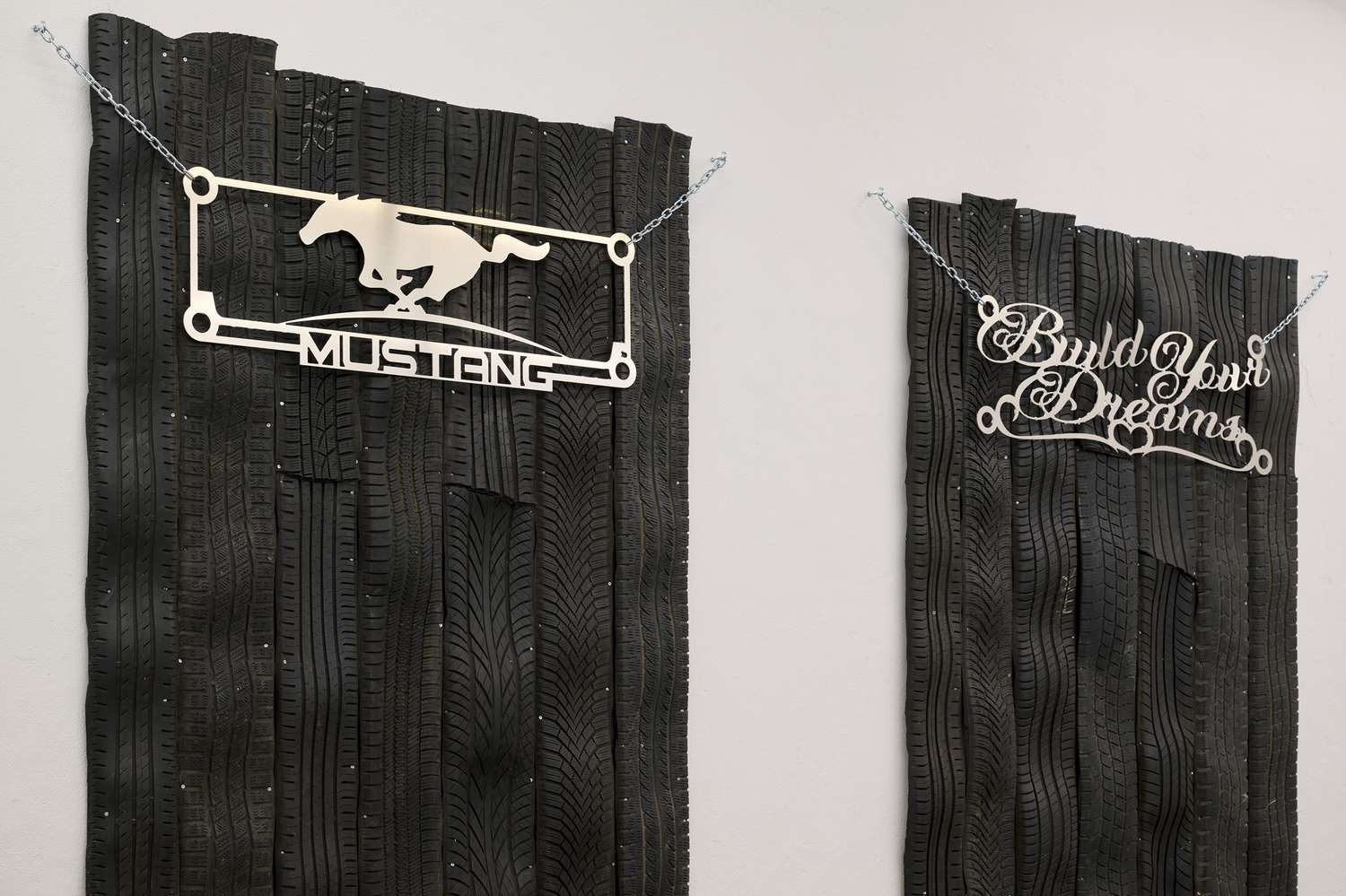
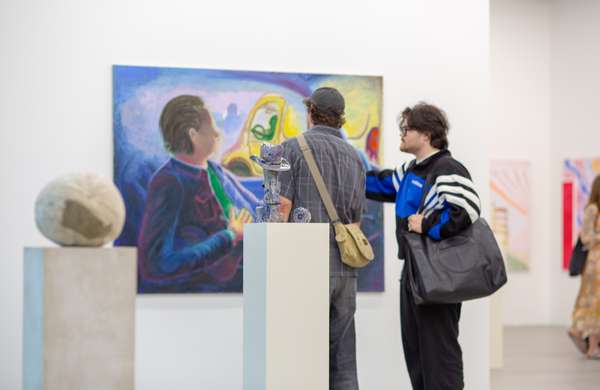



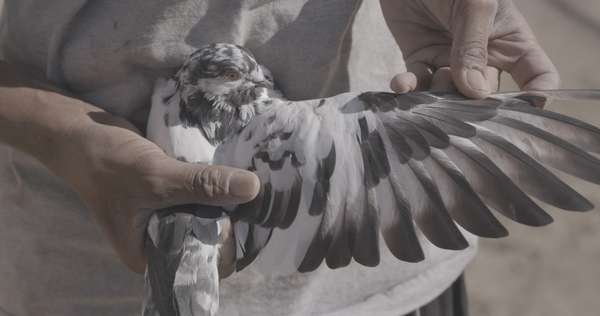
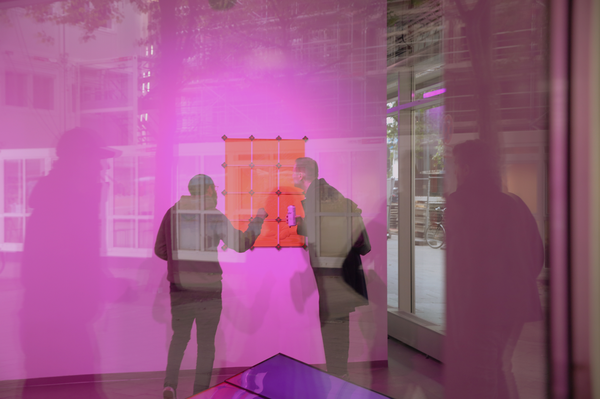


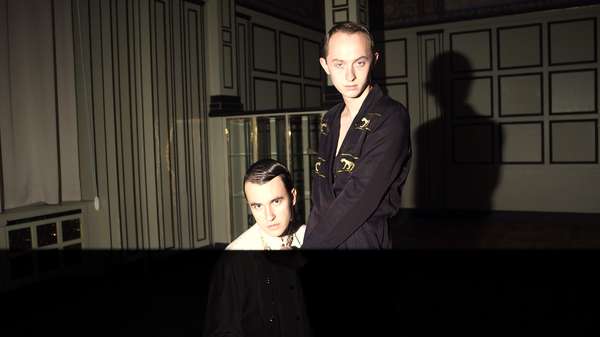
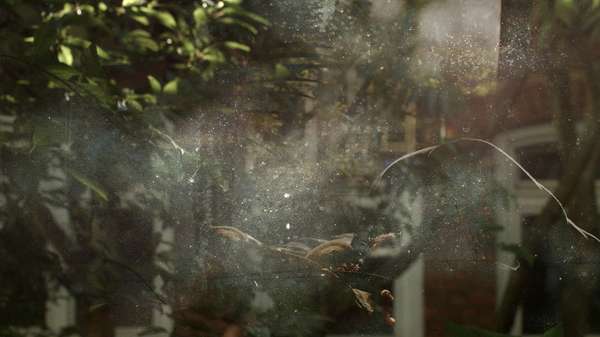
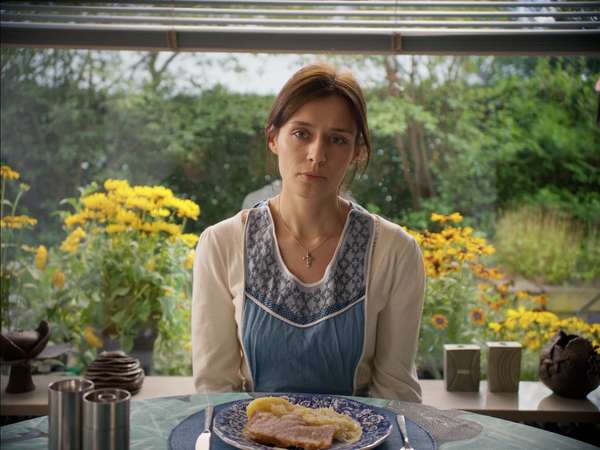
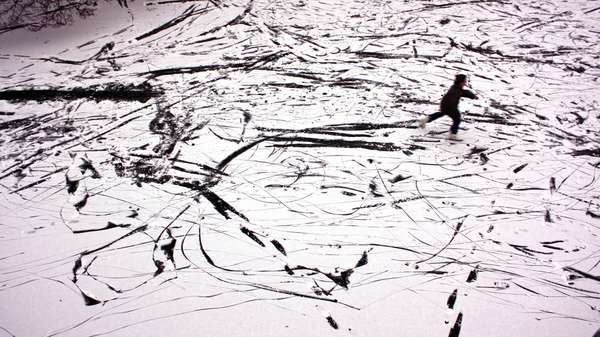
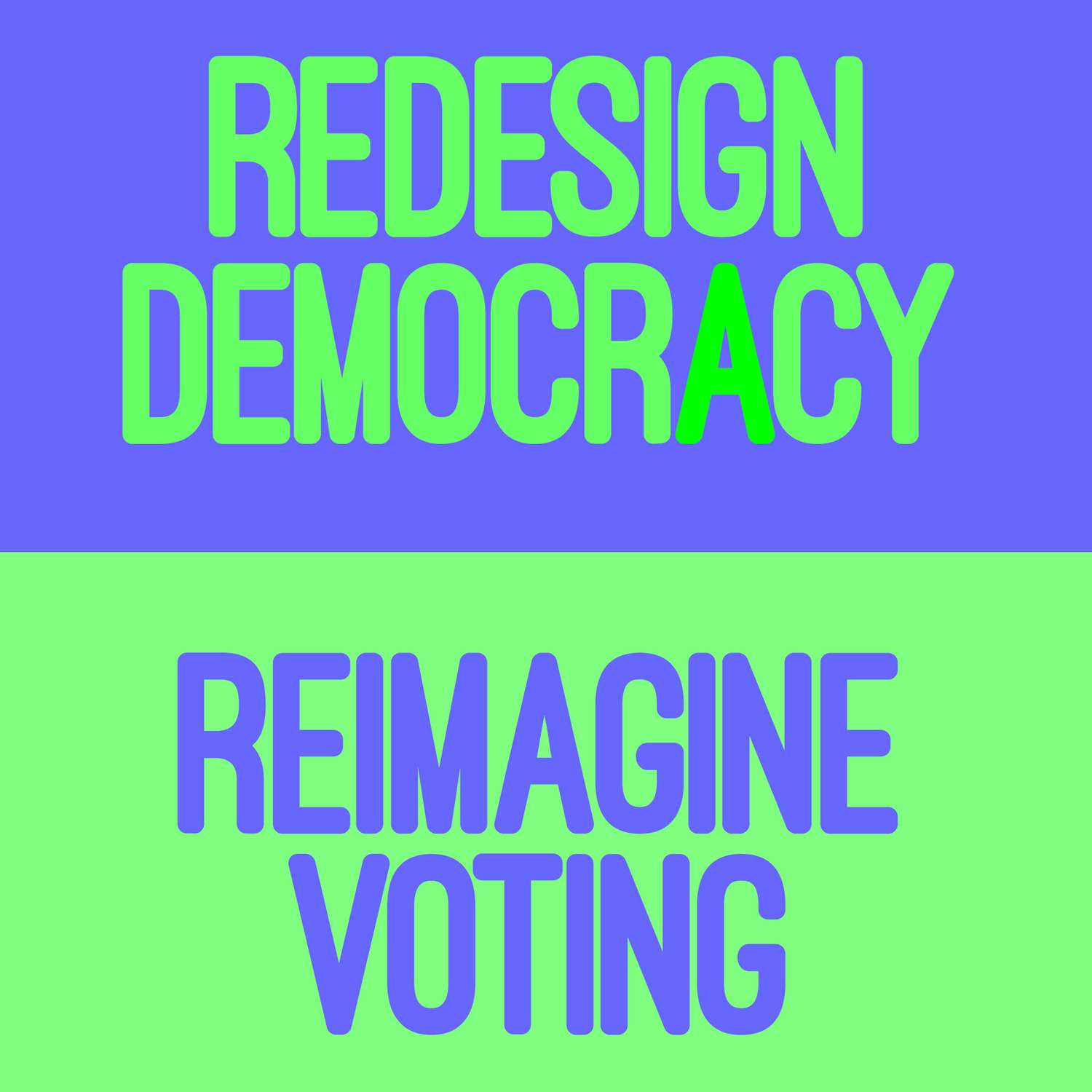

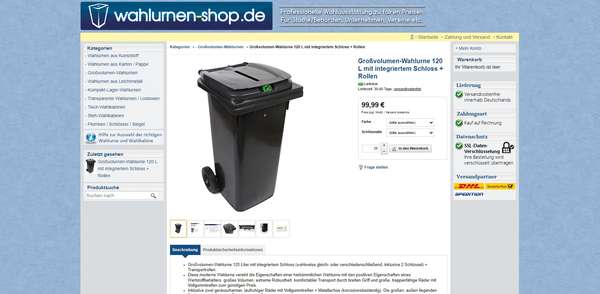

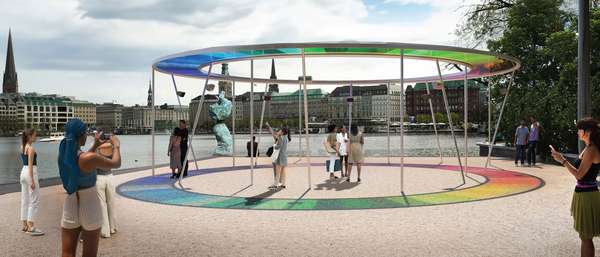

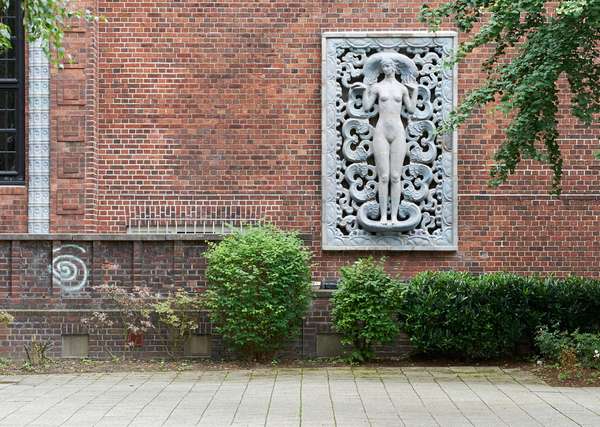
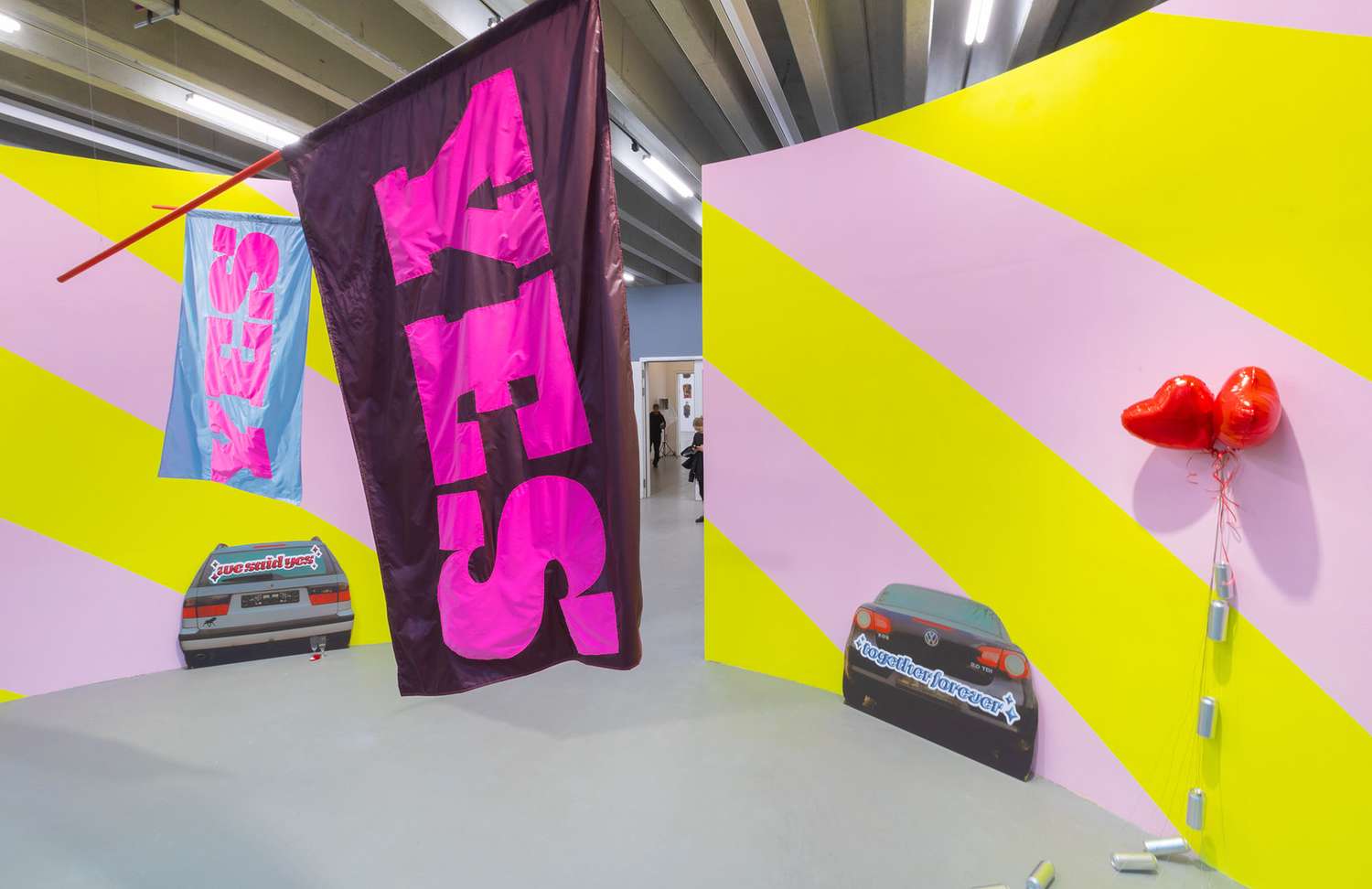
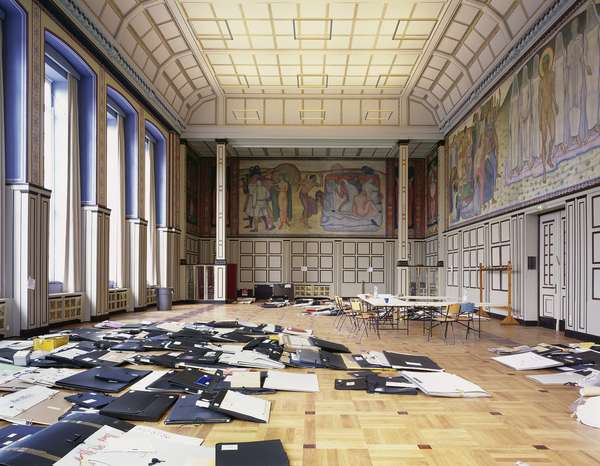
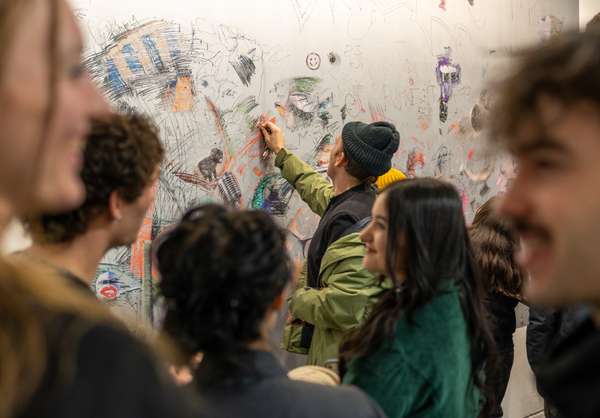
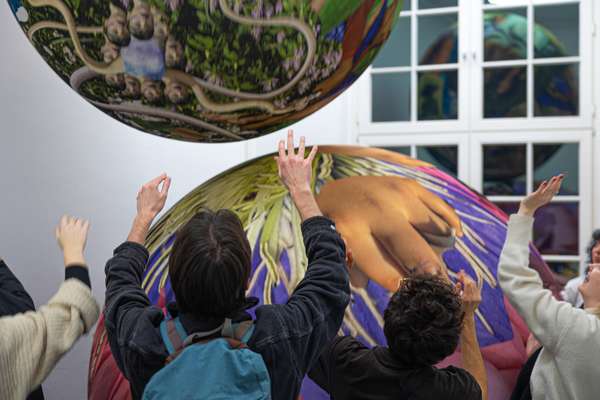



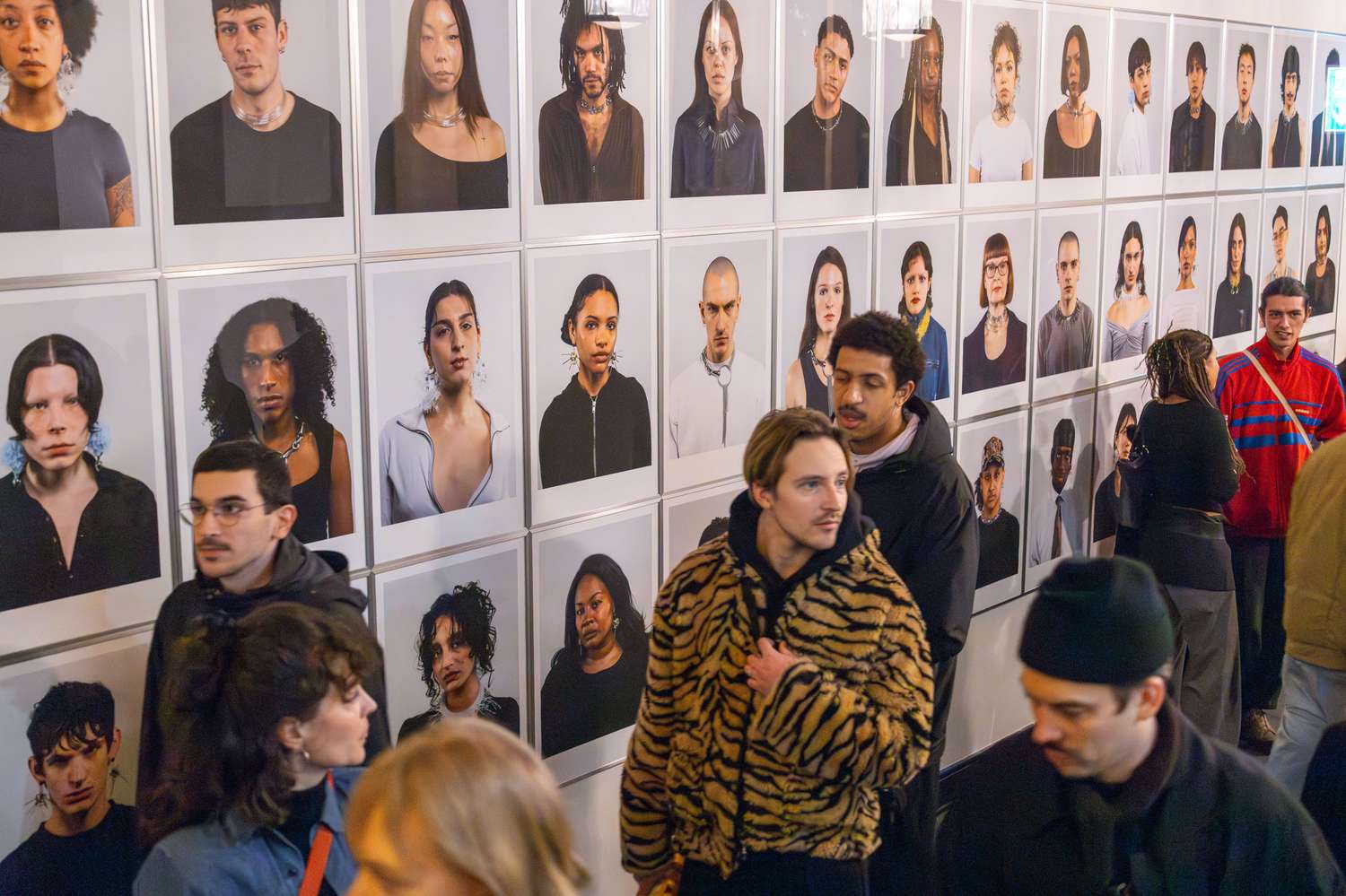
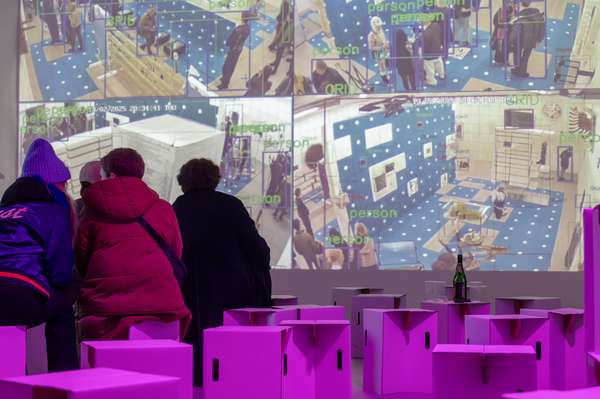
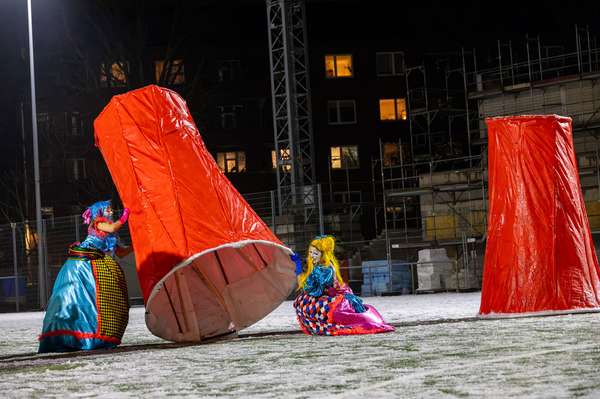
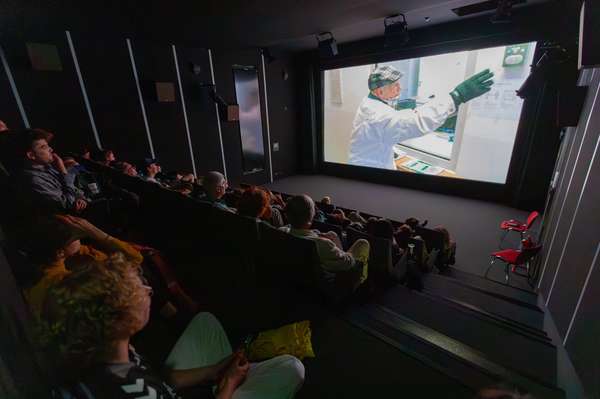
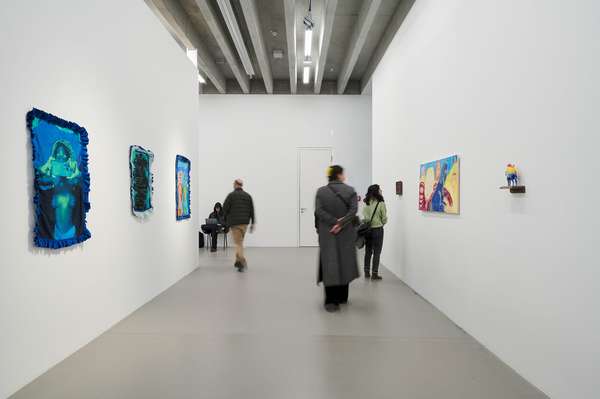
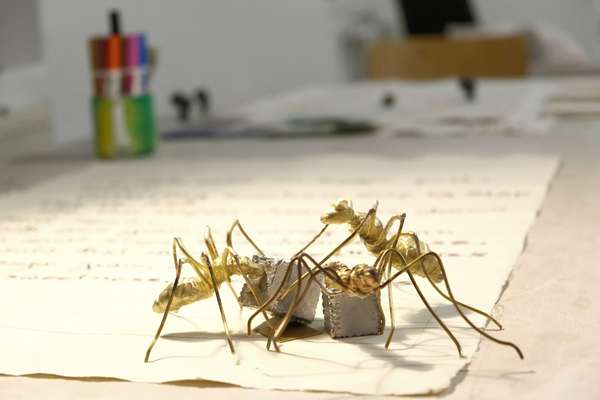
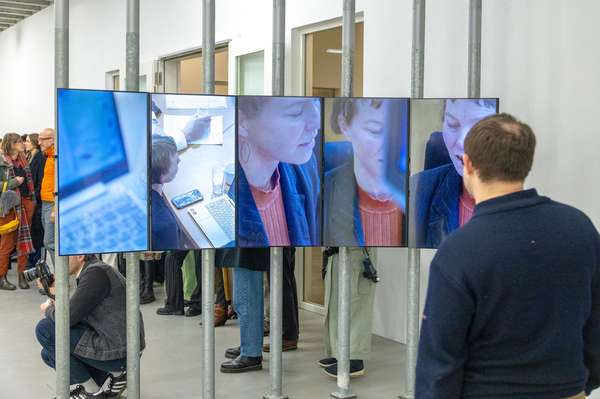
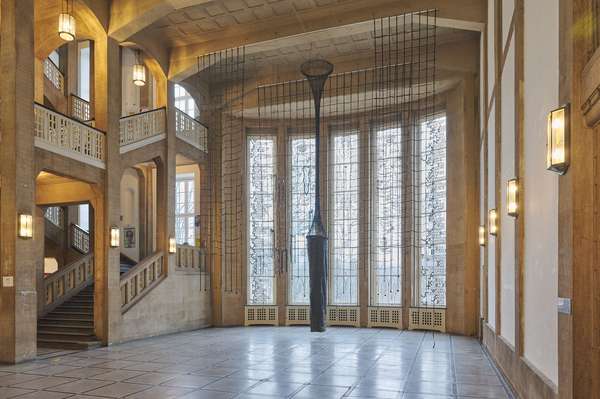
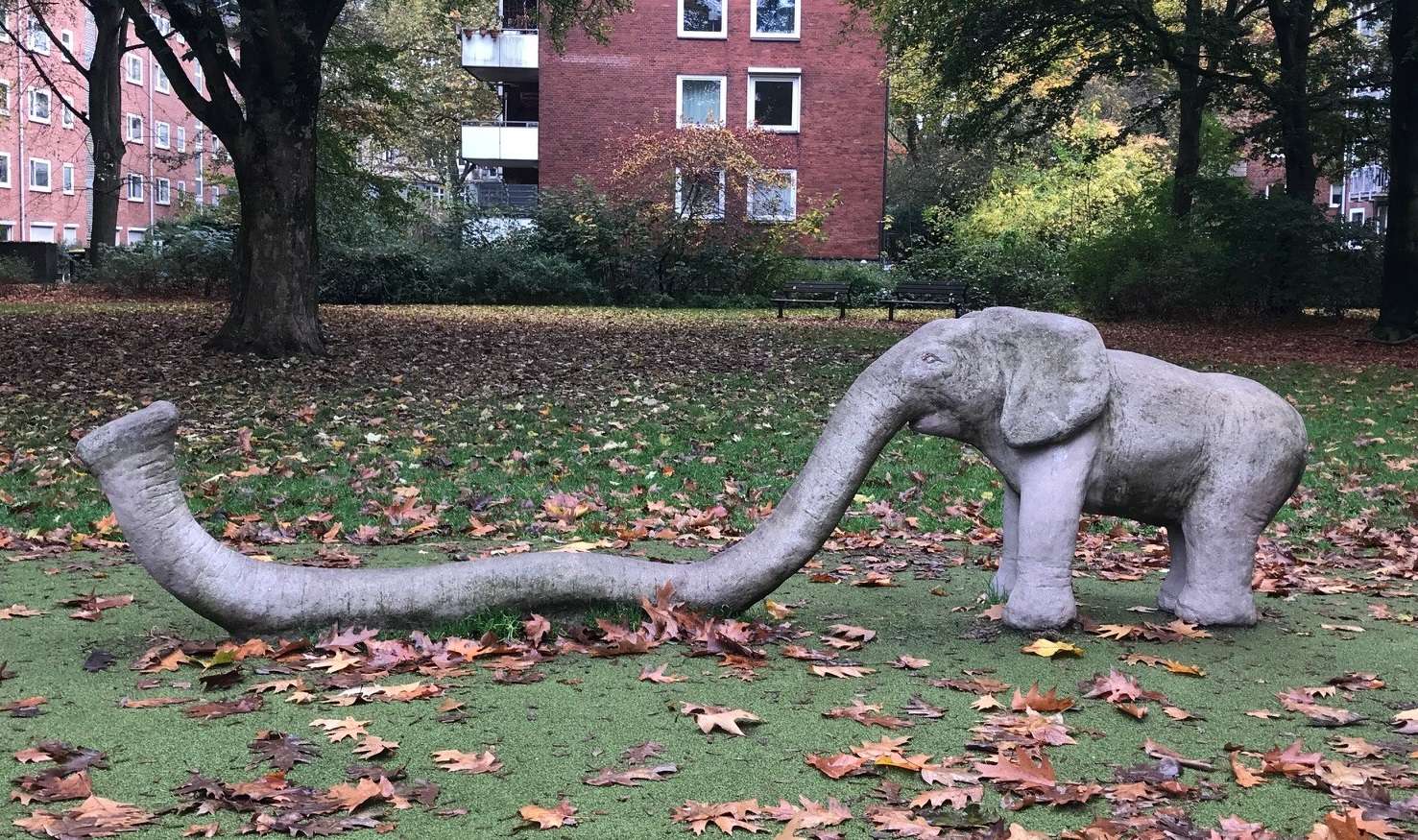
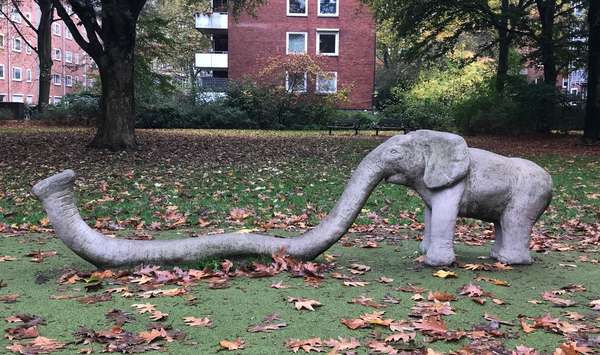
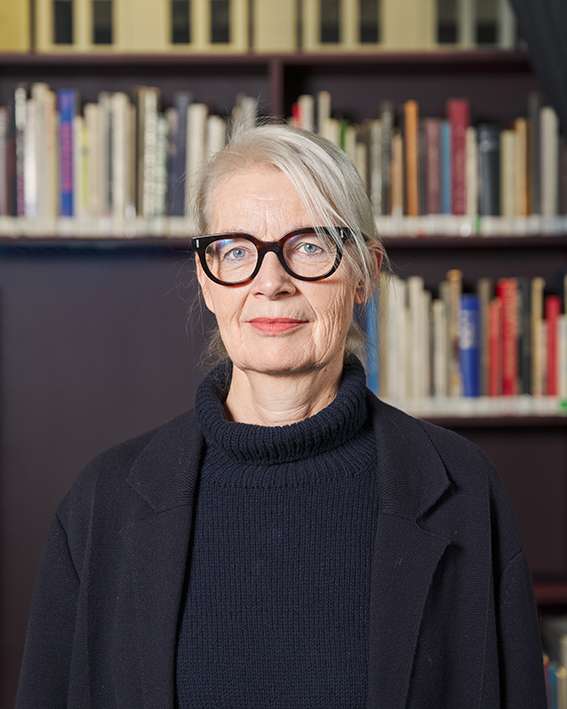
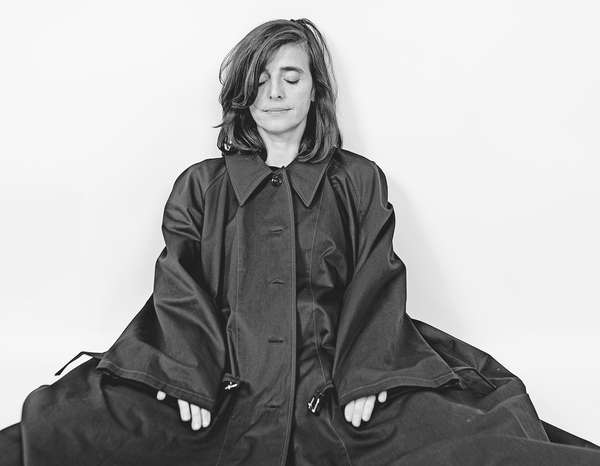
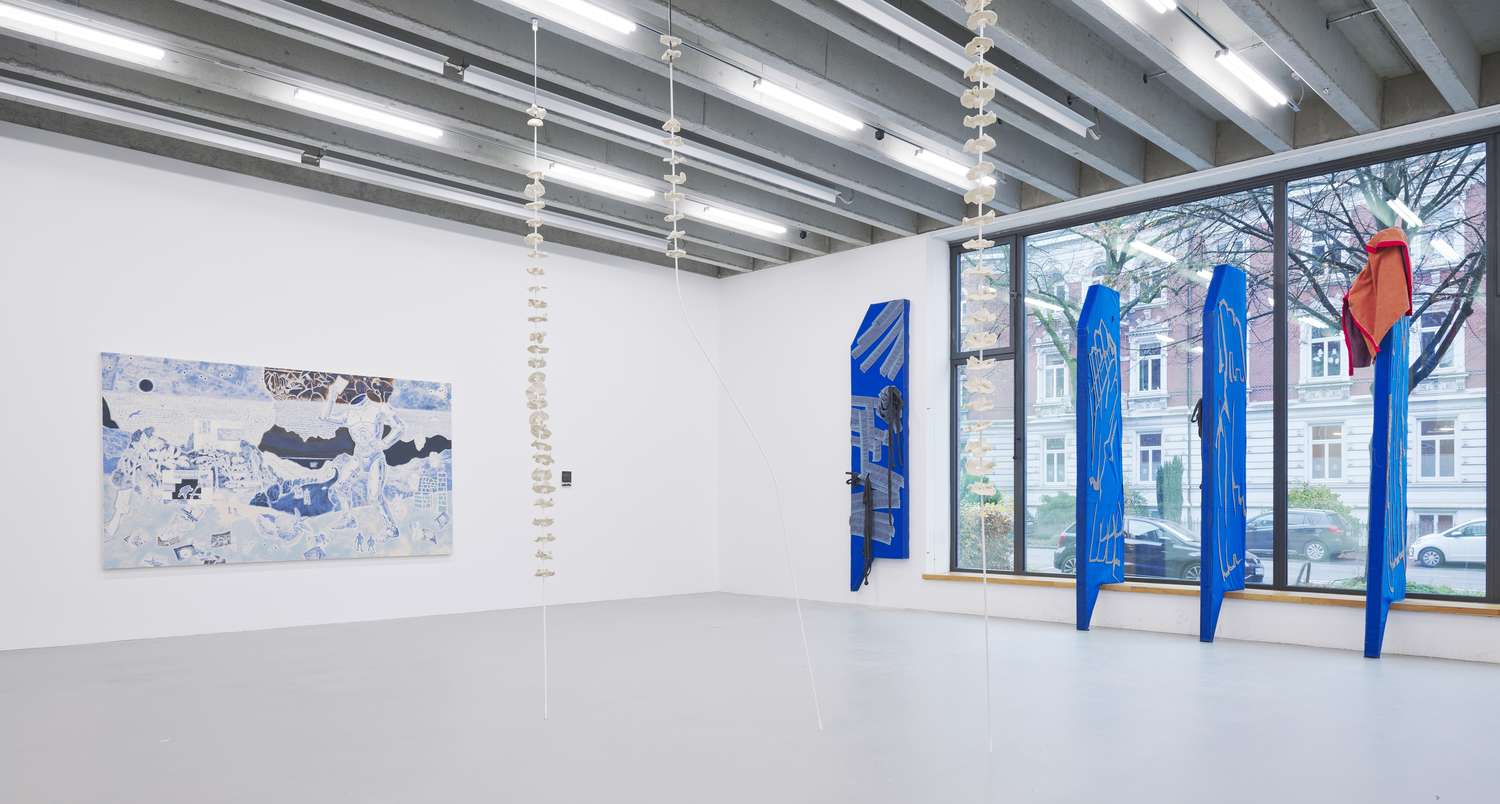
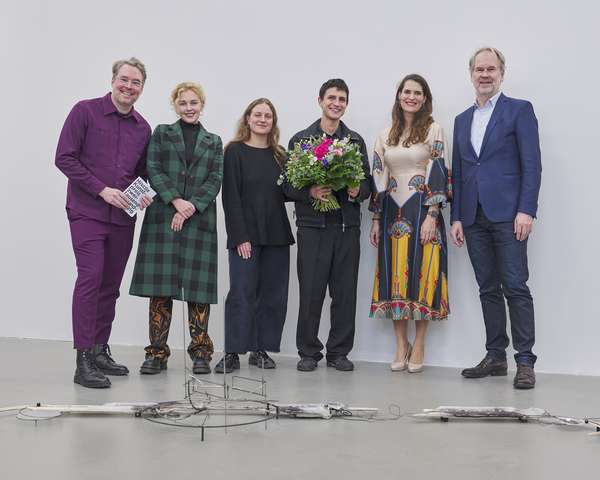
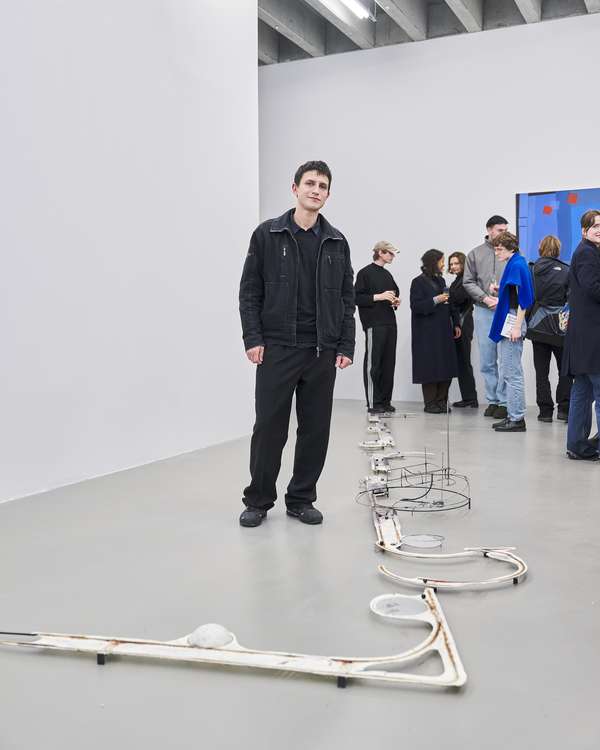
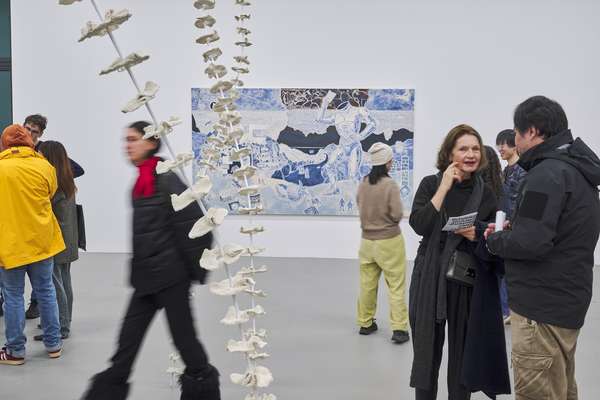
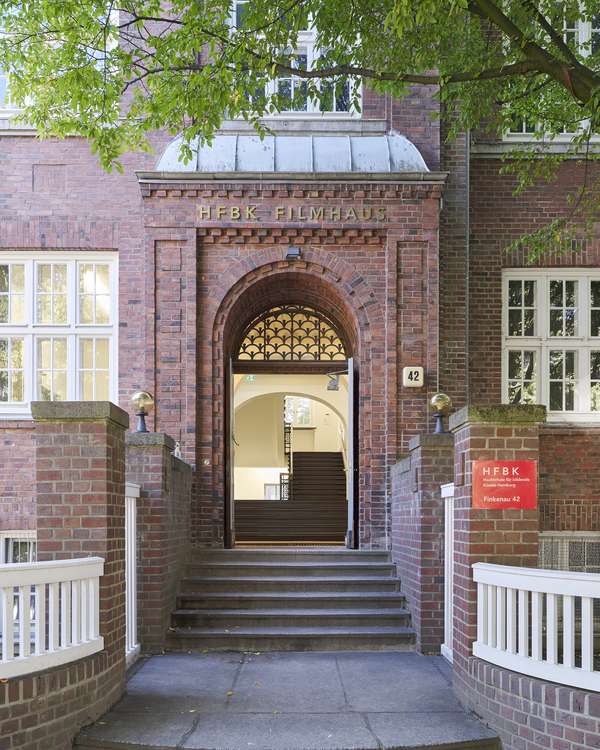
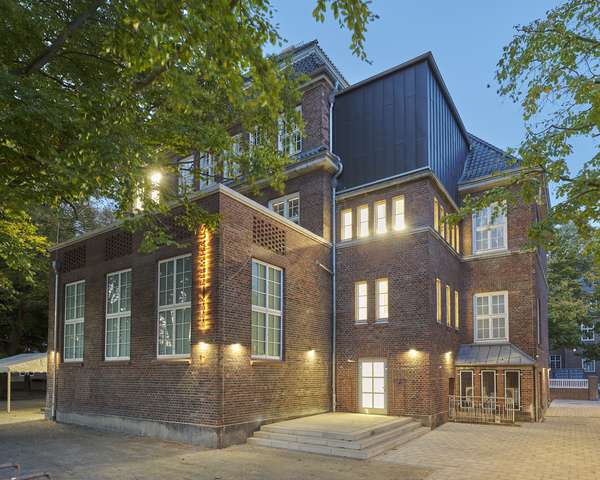
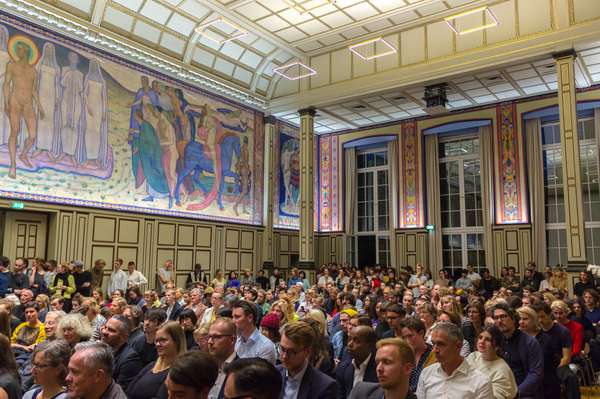
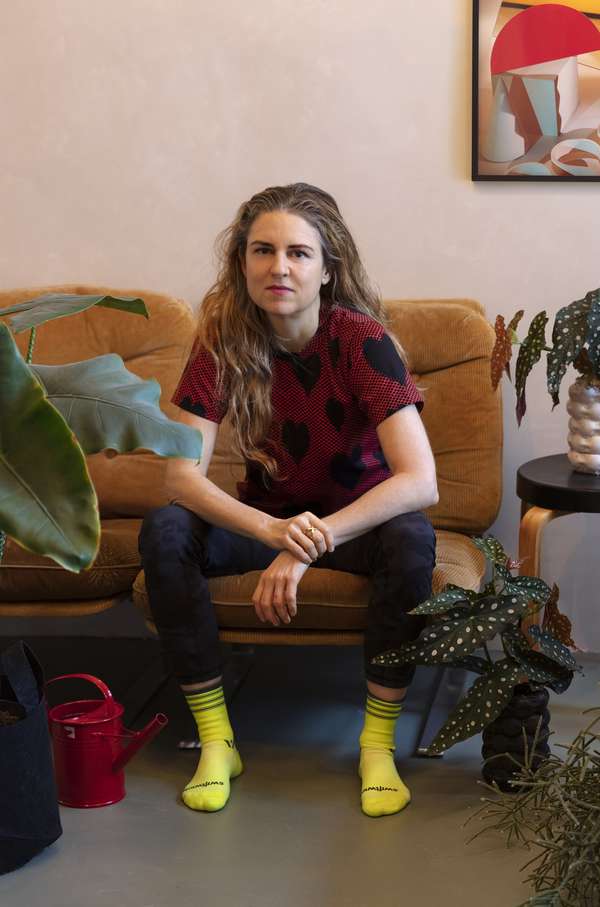
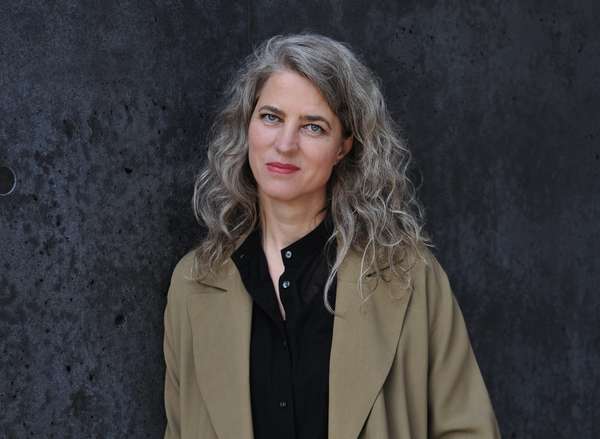
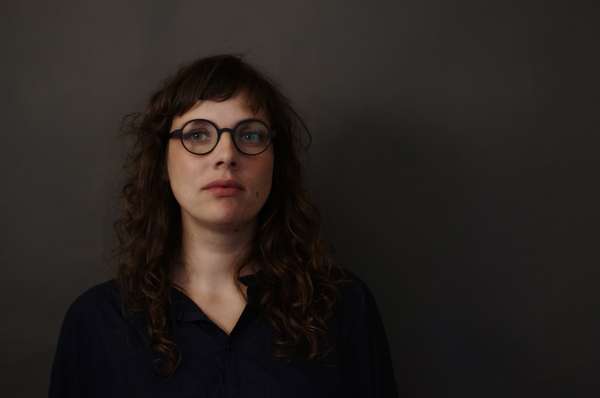
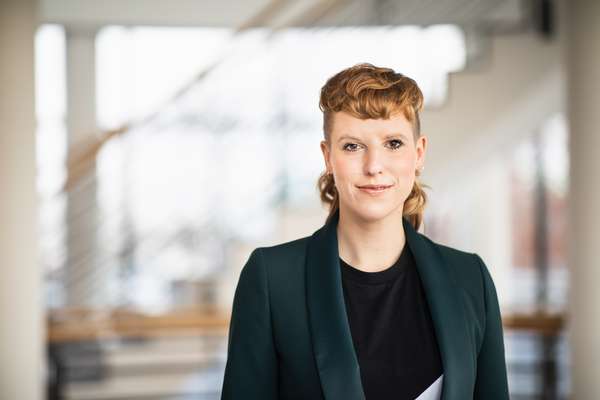
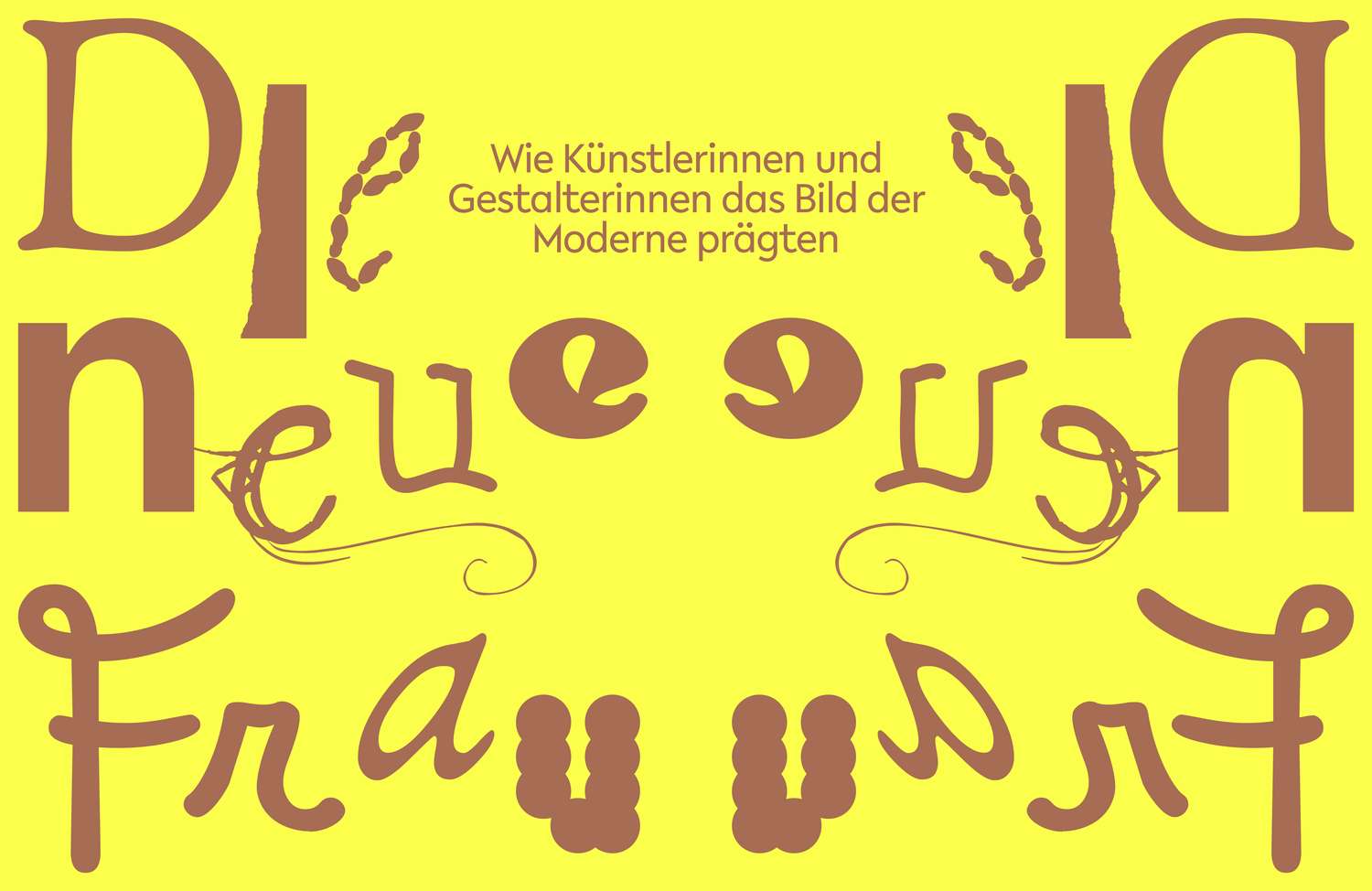
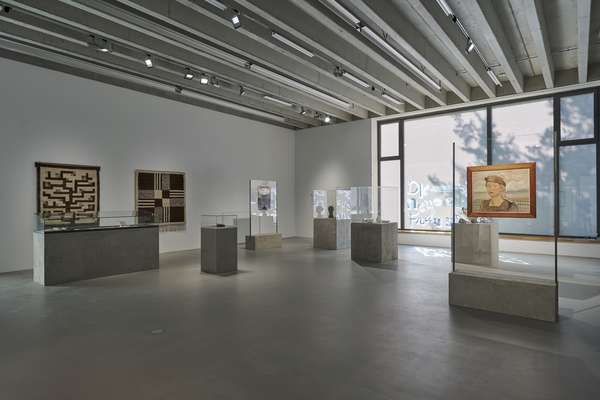
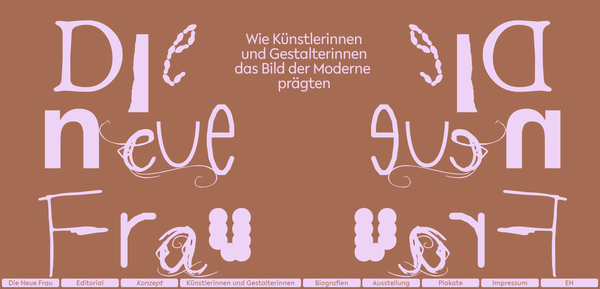
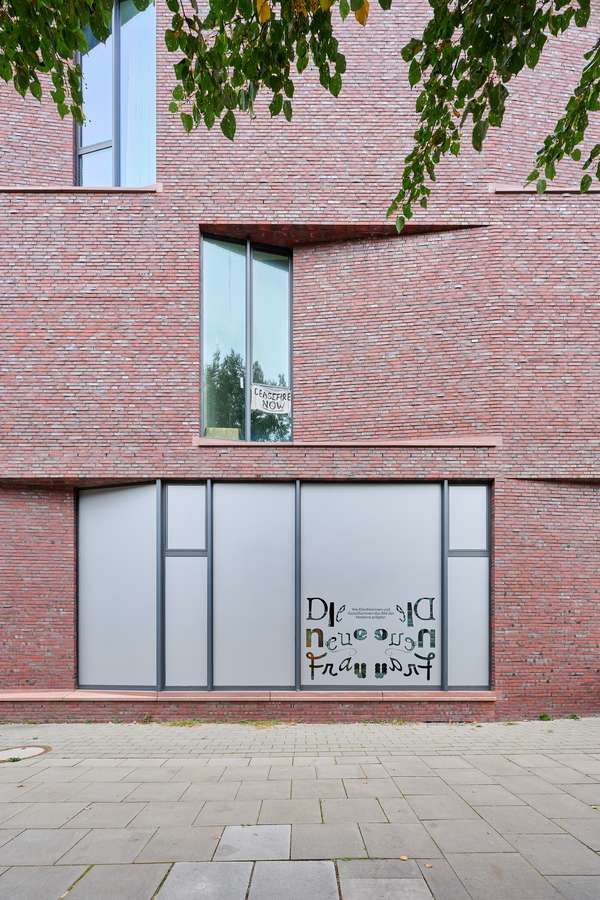
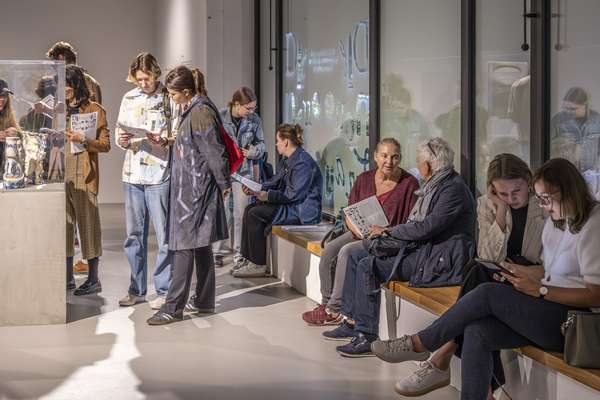

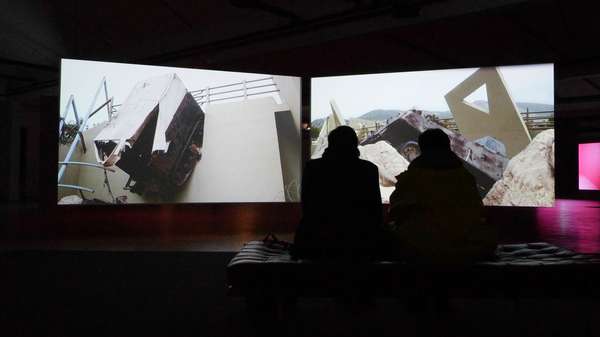
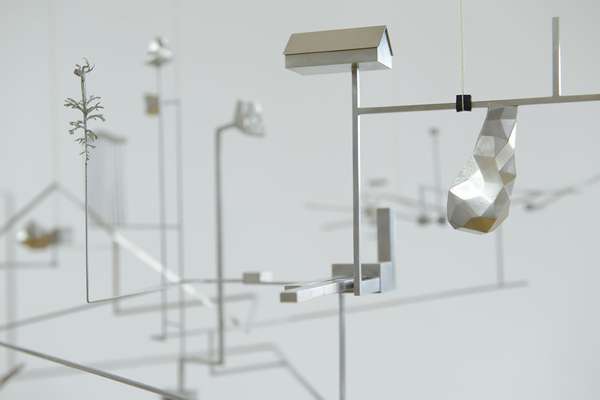
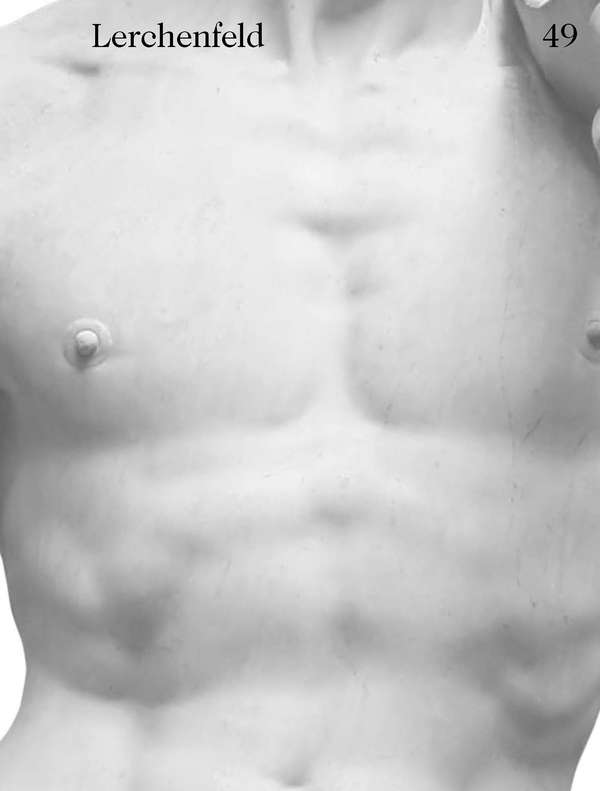
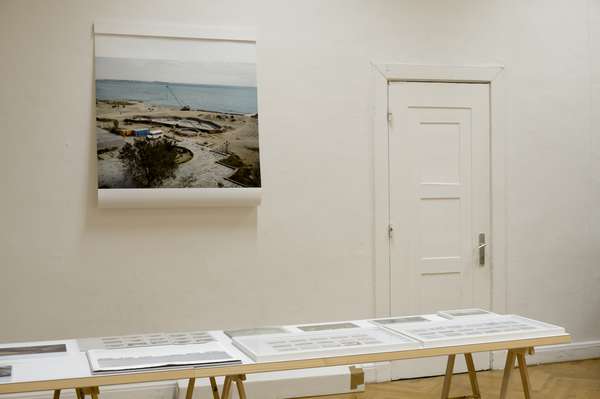
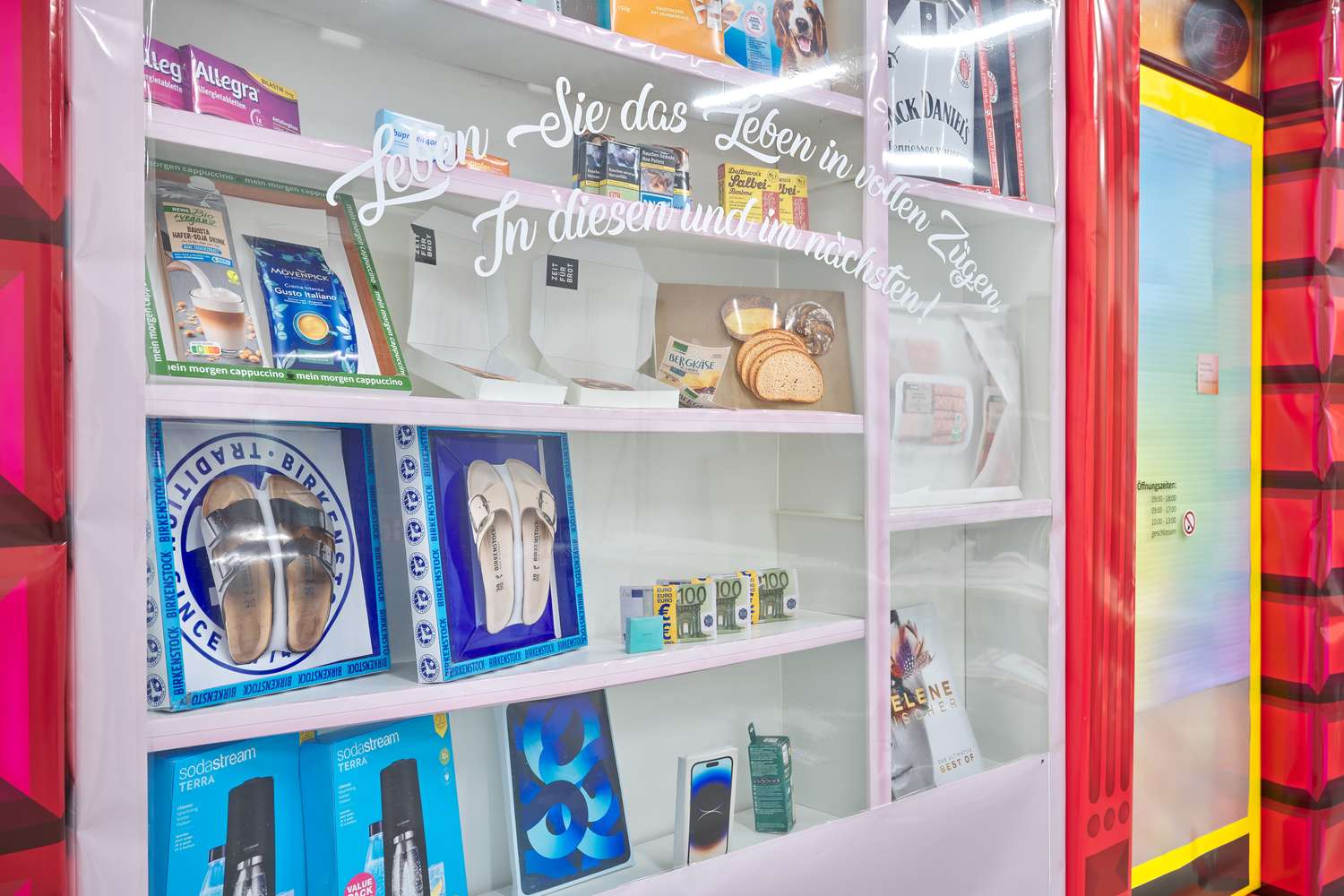
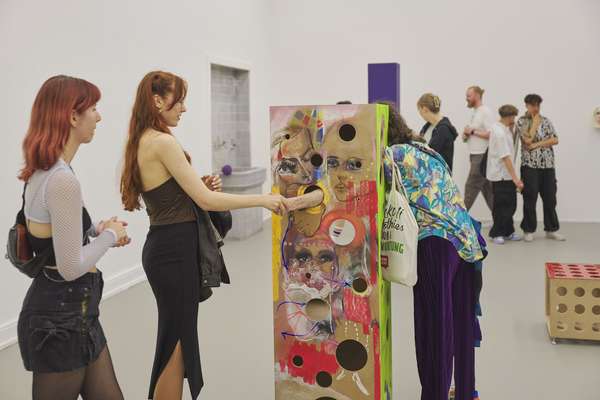
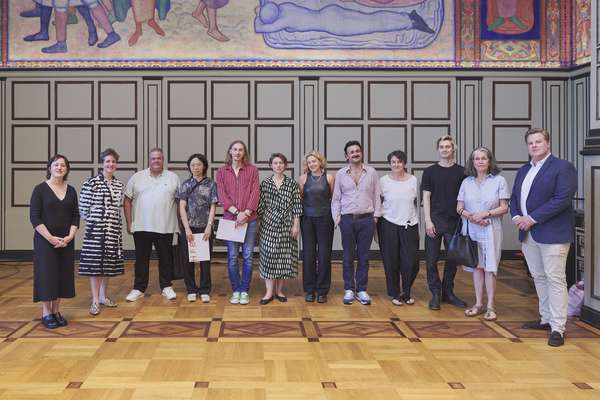


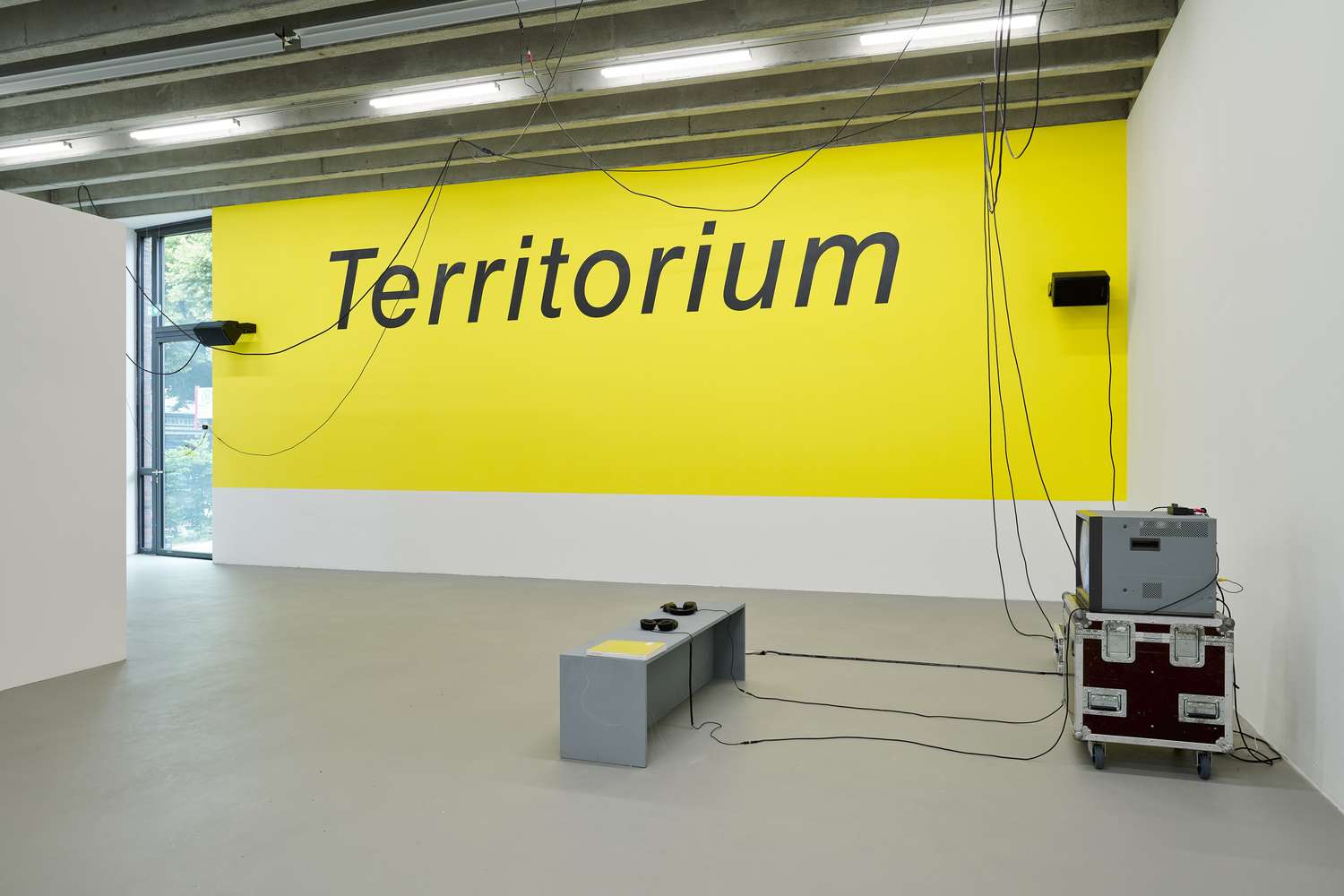

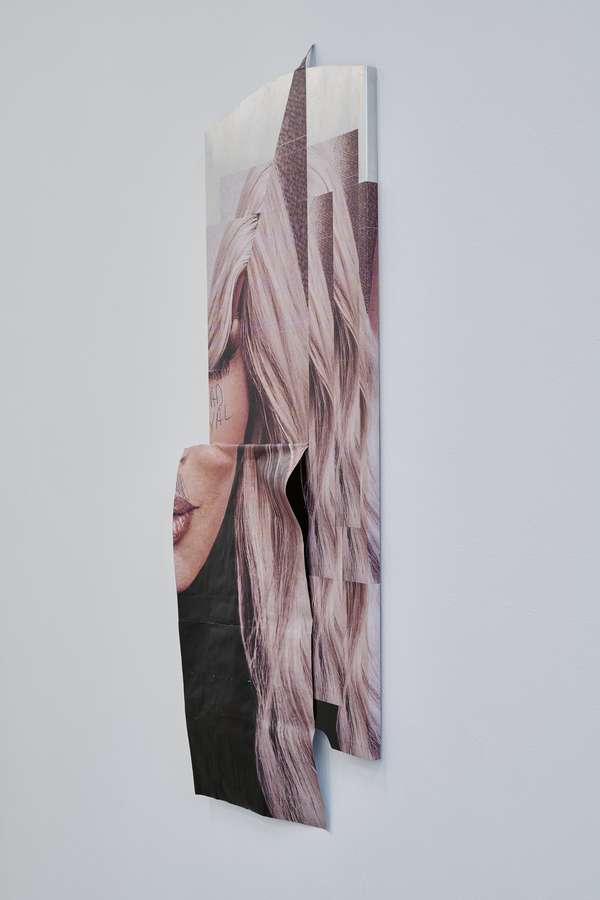



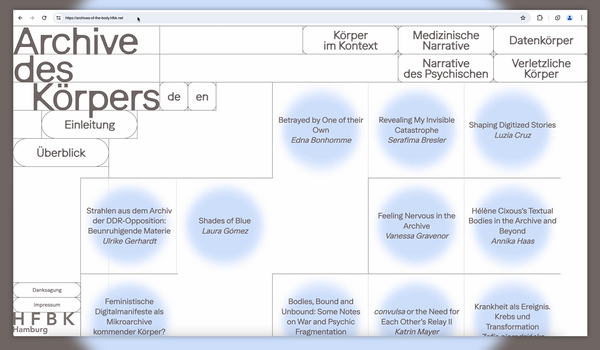






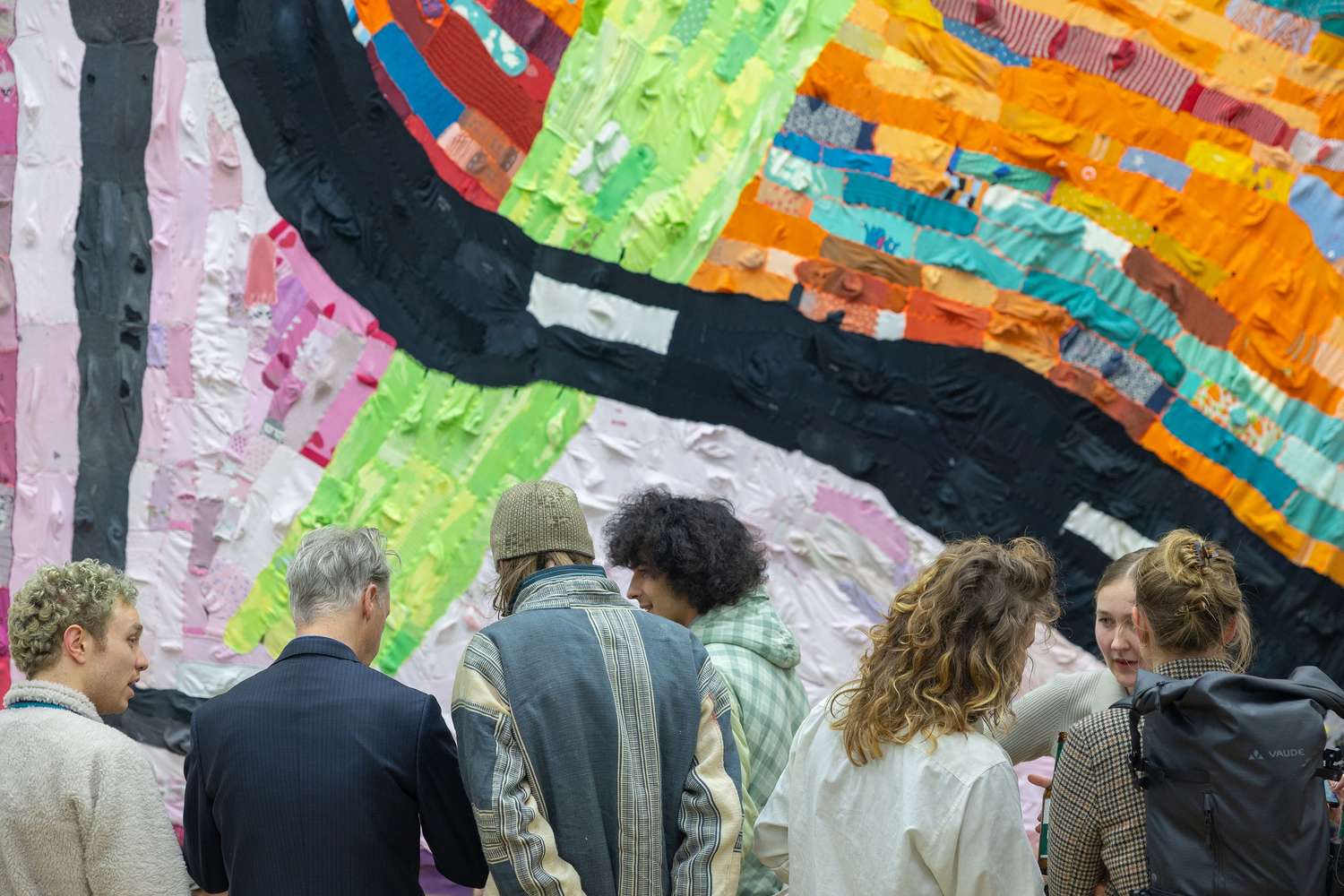








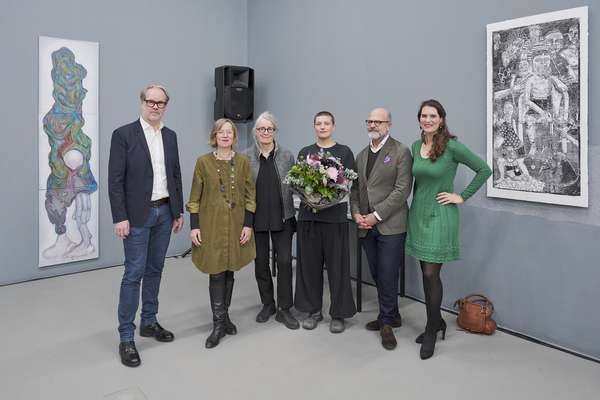


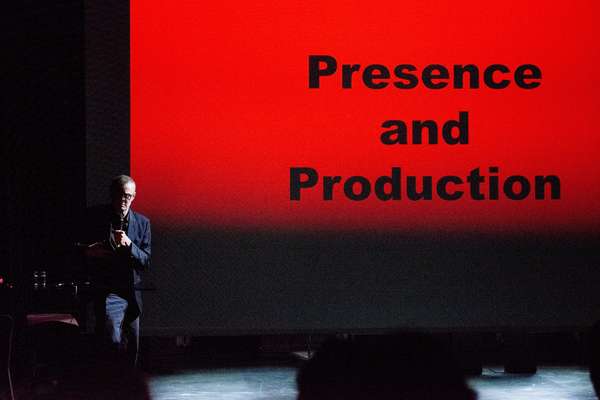



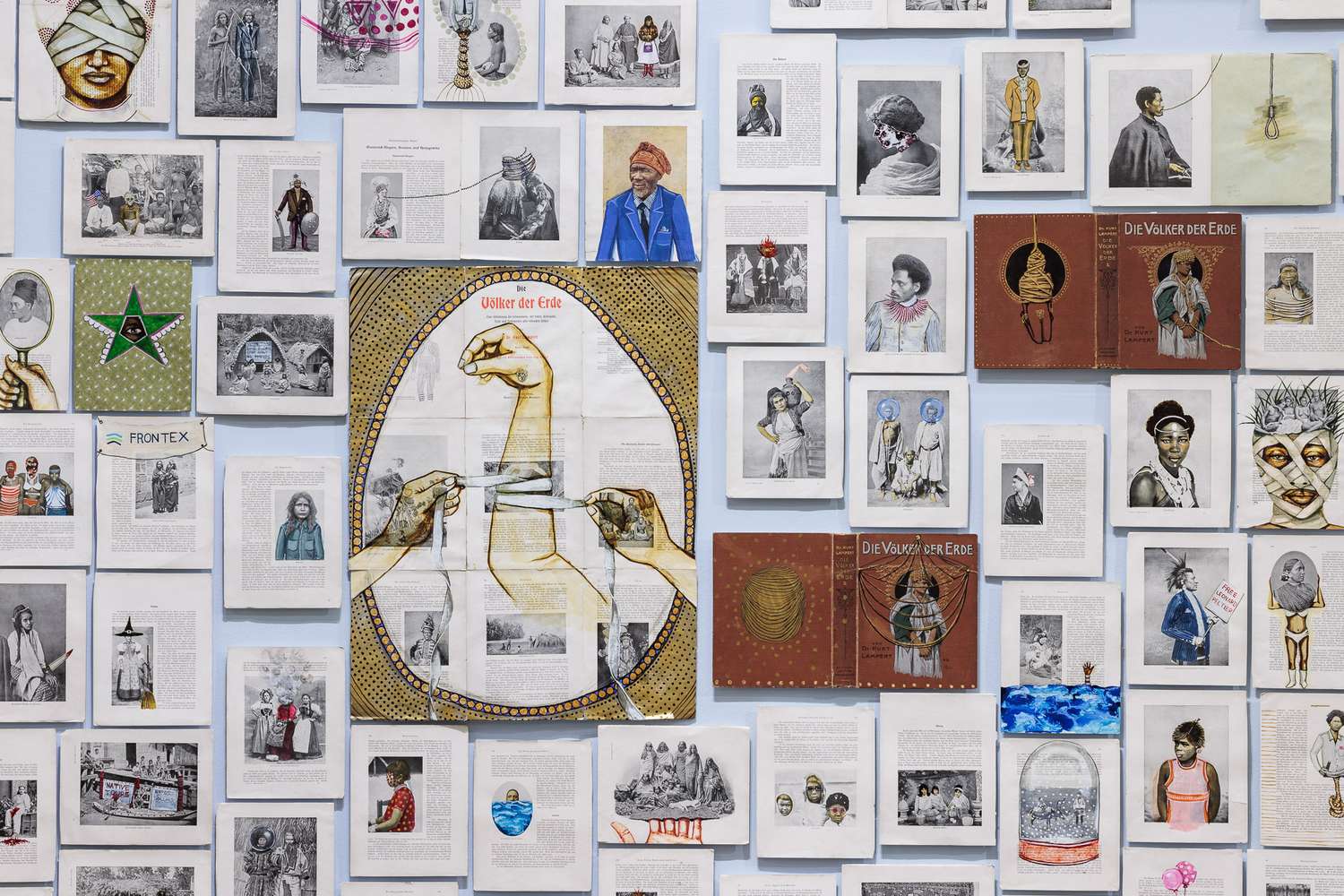









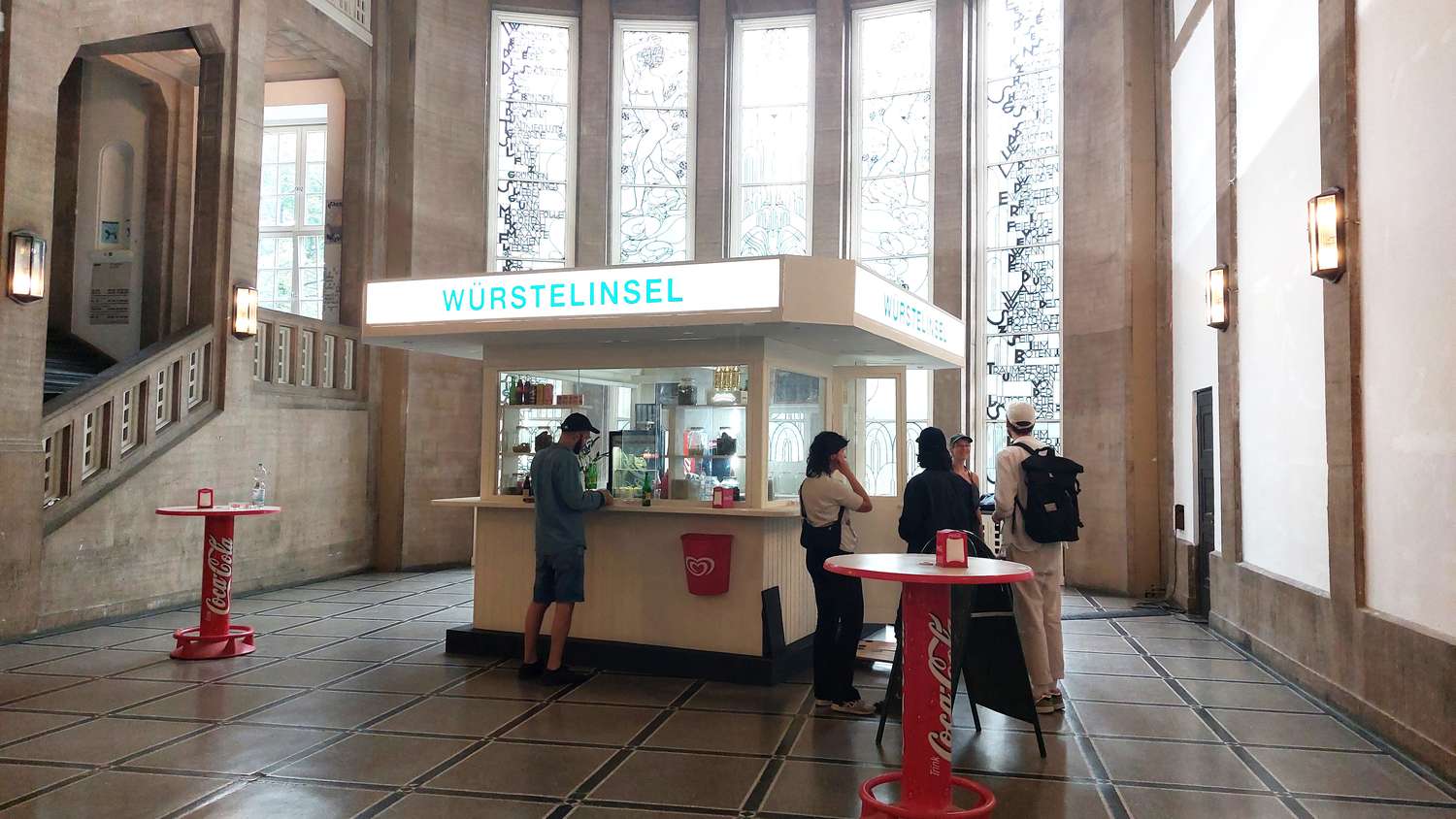








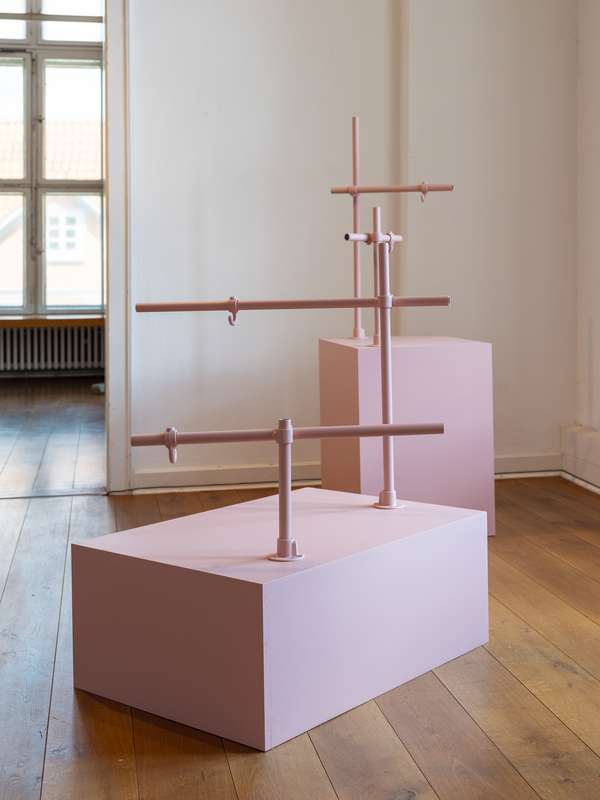

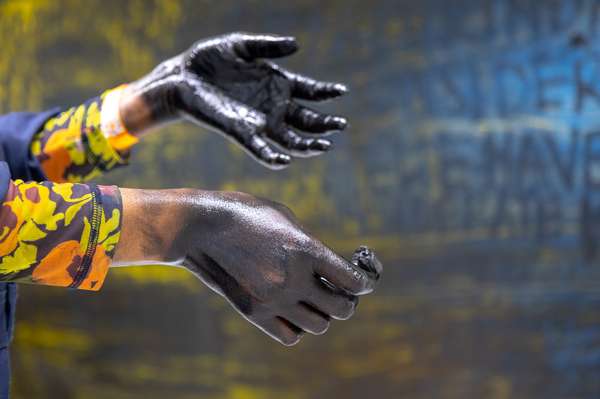




































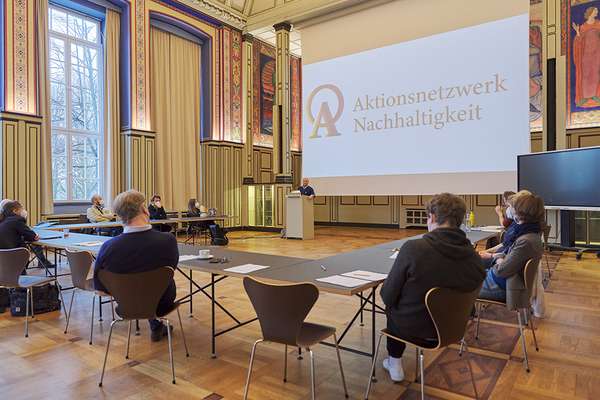






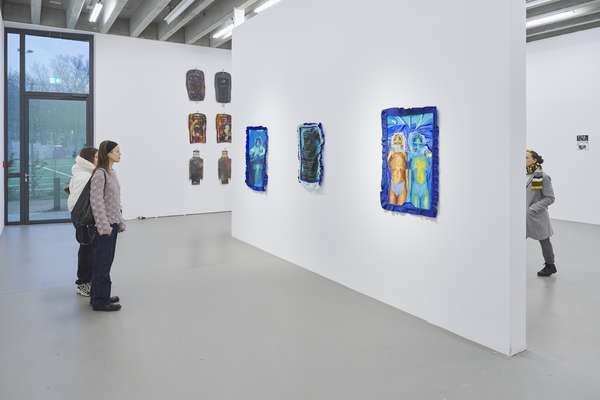








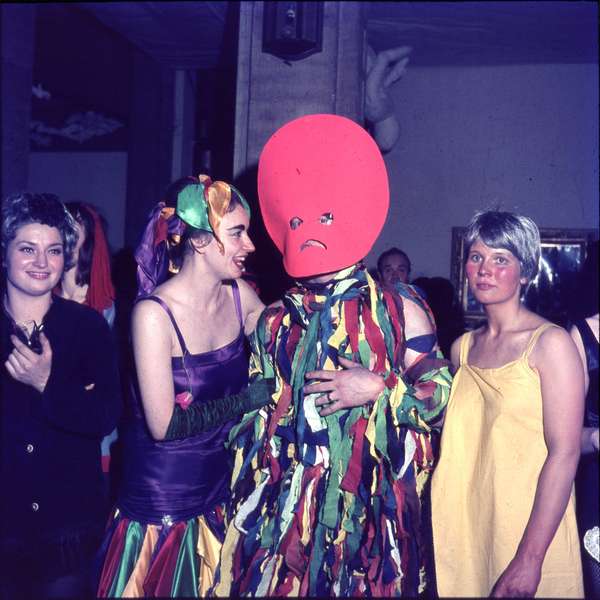

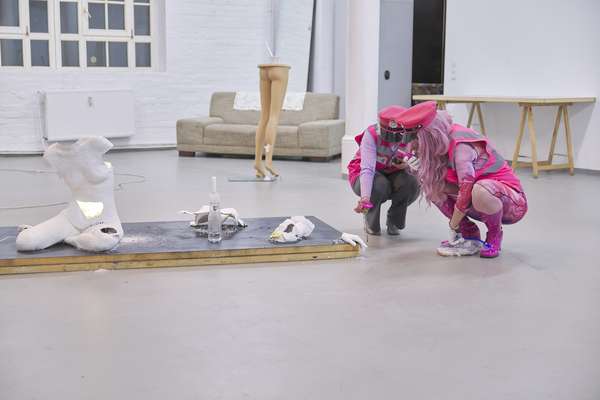







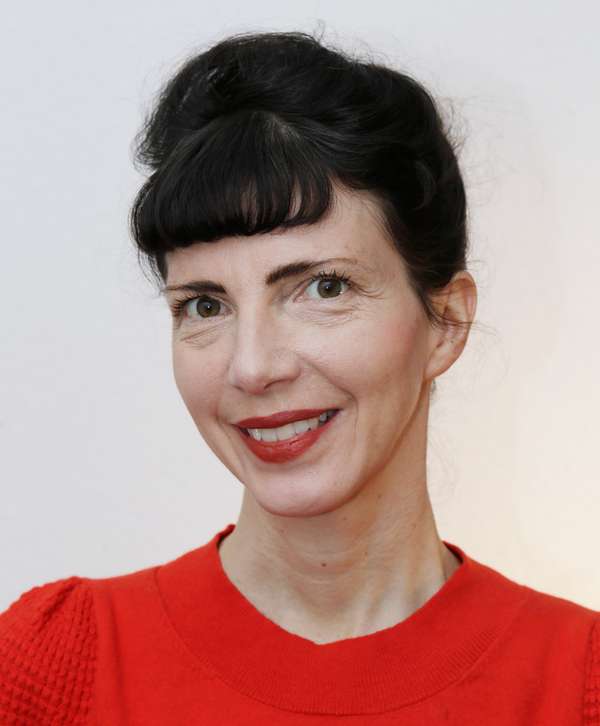
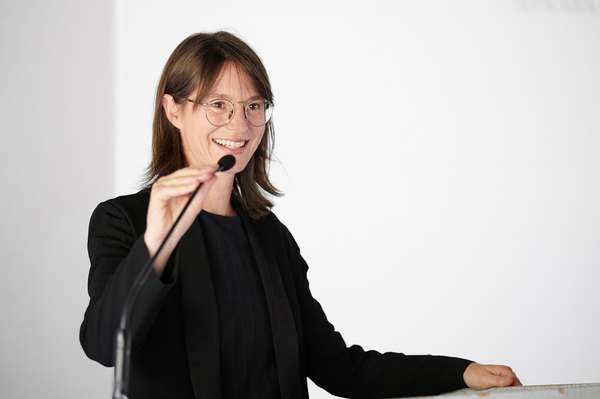




















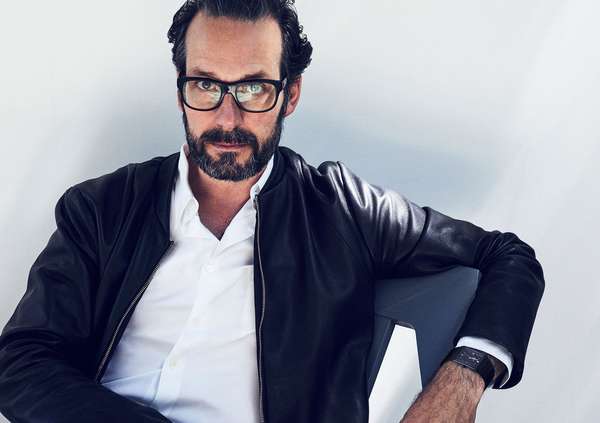







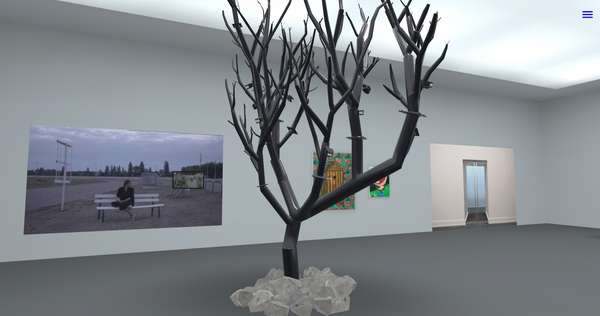
















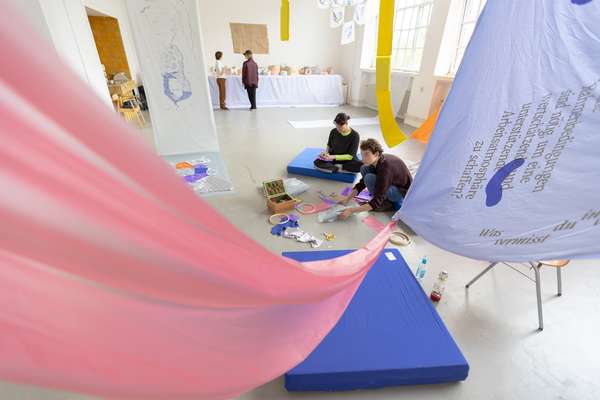

 Graduate Show 2025: Don't stop me now
Graduate Show 2025: Don't stop me now
 Long days, lots to do
Long days, lots to do
 Cine*Ami*es
Cine*Ami*es
 Redesign Democracy – competition for the ballot box of the democratic future
Redesign Democracy – competition for the ballot box of the democratic future
 Art in public space
Art in public space
 How to apply: study at HFBK Hamburg
How to apply: study at HFBK Hamburg
 Annual Exhibition 2025 at the HFBK Hamburg
Annual Exhibition 2025 at the HFBK Hamburg
 The Elephant in The Room – Sculpture today
The Elephant in The Room – Sculpture today
 Hiscox Art Prize 2024
Hiscox Art Prize 2024
 The New Woman
The New Woman
 Doing a PhD at the HFBK Hamburg
Doing a PhD at the HFBK Hamburg
 Graduate Show 2024 - Letting Go
Graduate Show 2024 - Letting Go
 Finkenwerder Art Prize 2024
Finkenwerder Art Prize 2024
 Archives of the Body - The Body in Archiving
Archives of the Body - The Body in Archiving
 New partnership with the School of Arts at the University of Haifa
New partnership with the School of Arts at the University of Haifa
 Annual Exhibition 2024 at the HFBK Hamburg
Annual Exhibition 2024 at the HFBK Hamburg
 (Ex)Changes of / in Art
(Ex)Changes of / in Art
 Extended Libraries
Extended Libraries
 And Still I Rise
And Still I Rise
 Let's talk about language
Let's talk about language
 Graduate Show 2023: Unfinished Business
Graduate Show 2023: Unfinished Business
 Let`s work together
Let`s work together
 Annual Exhibition 2023 at HFBK Hamburg
Annual Exhibition 2023 at HFBK Hamburg
 Symposium: Controversy over documenta fifteen
Symposium: Controversy over documenta fifteen
 Festival and Symposium: Non-Knowledge, Laughter and the Moving Image
Festival and Symposium: Non-Knowledge, Laughter and the Moving Image
 Solo exhibition by Konstantin Grcic
Solo exhibition by Konstantin Grcic
 Art and war
Art and war
 Graduate Show 2022: We’ve Only Just Begun
Graduate Show 2022: We’ve Only Just Begun
 June is full of art and theory
June is full of art and theory
 Finkenwerder Art Prize 2022
Finkenwerder Art Prize 2022
 Nachhaltigkeit im Kontext von Kunst und Kunsthochschule
Nachhaltigkeit im Kontext von Kunst und Kunsthochschule
 Raum für die Kunst
Raum für die Kunst
 Annual Exhibition 2022 at the HFBK
Annual Exhibition 2022 at the HFBK
 Conference: Counter-Monuments and Para-Monuments.
Conference: Counter-Monuments and Para-Monuments.
 Diversity
Diversity
 Live und in Farbe: die ASA Open Studios im Juni 2021
Live und in Farbe: die ASA Open Studios im Juni 2021
 Unlearning: Wartenau Assemblies
Unlearning: Wartenau Assemblies
 School of No Consequences
School of No Consequences
 Annual Exhibition 2021 at the HFBK
Annual Exhibition 2021 at the HFBK
 Semestereröffnung und Hiscox-Preisverleihung 2020
Semestereröffnung und Hiscox-Preisverleihung 2020
 Teaching Art Online at the HFBK
Teaching Art Online at the HFBK
 HFBK Graduate Survey
HFBK Graduate Survey
 How political is Social Design?
How political is Social Design?